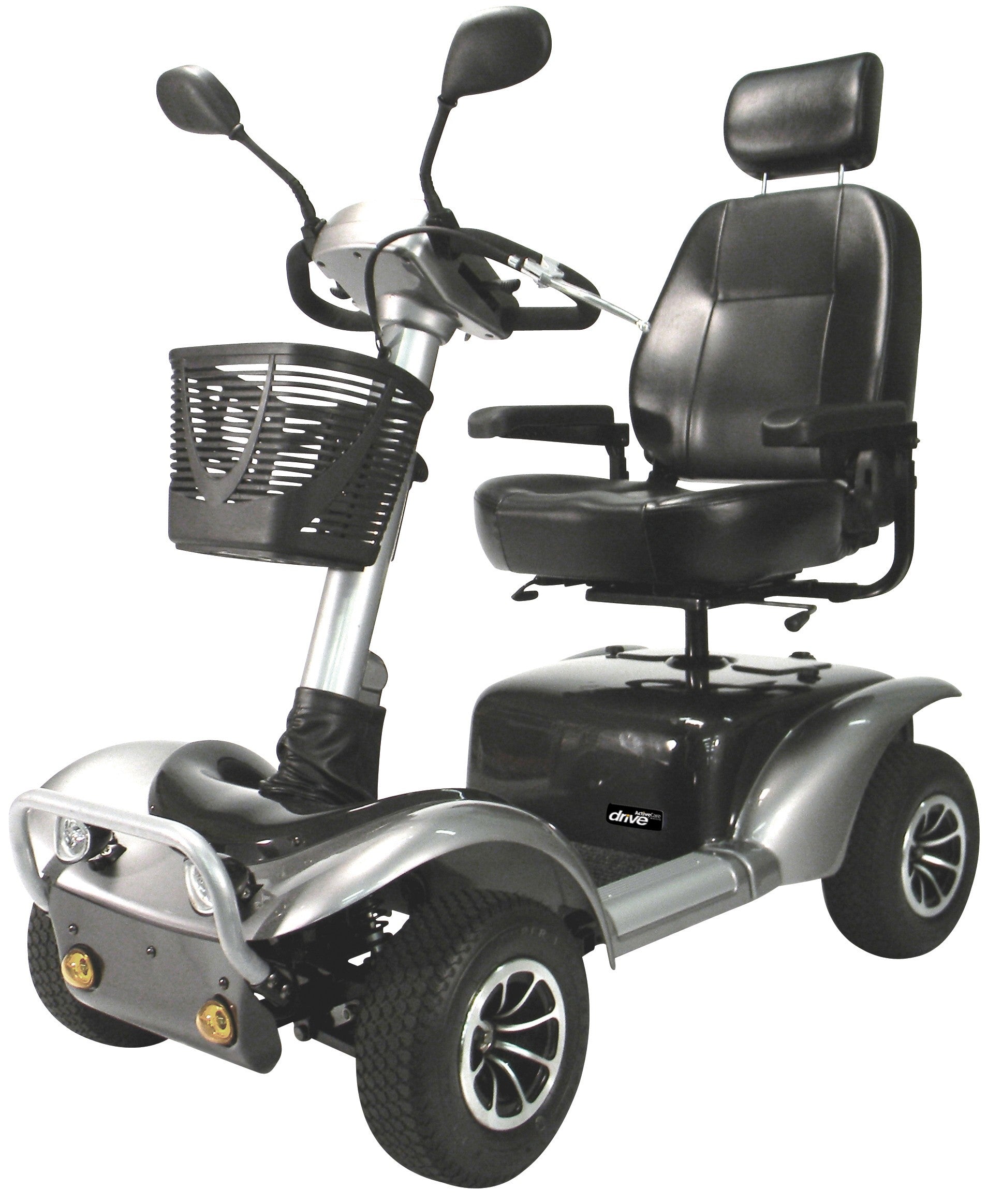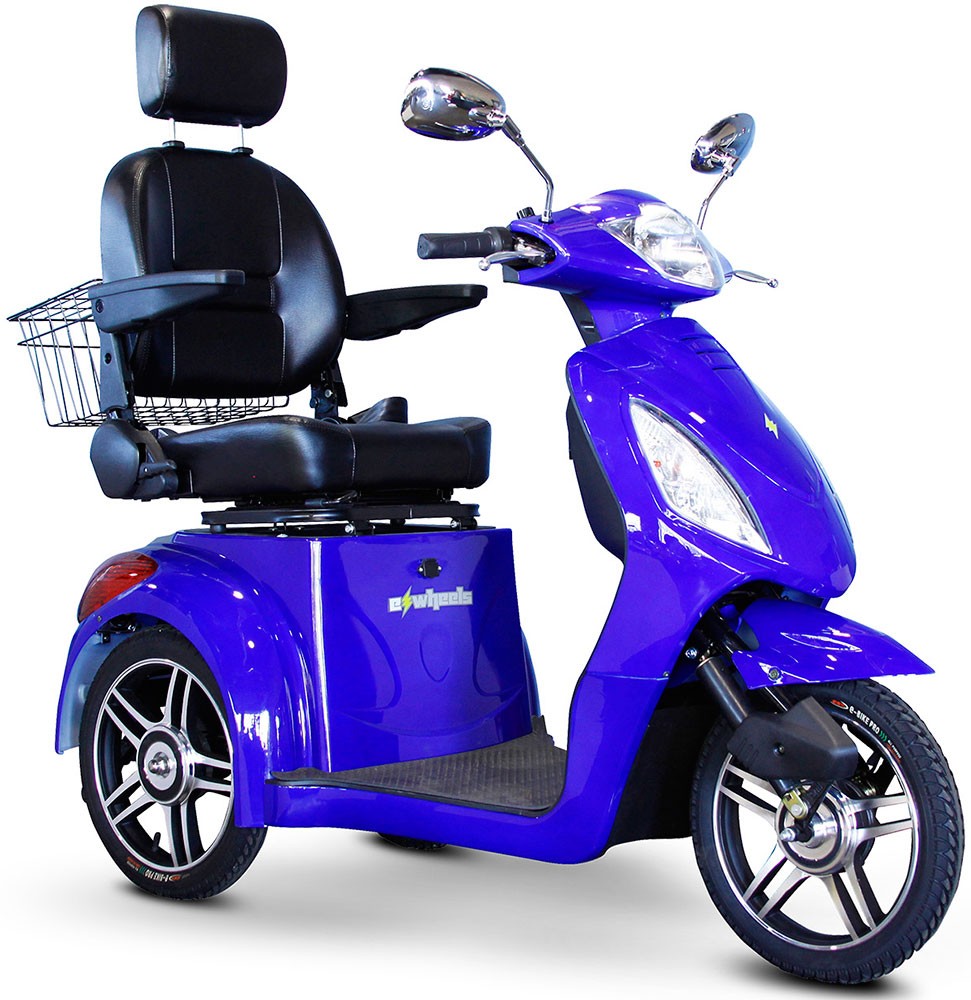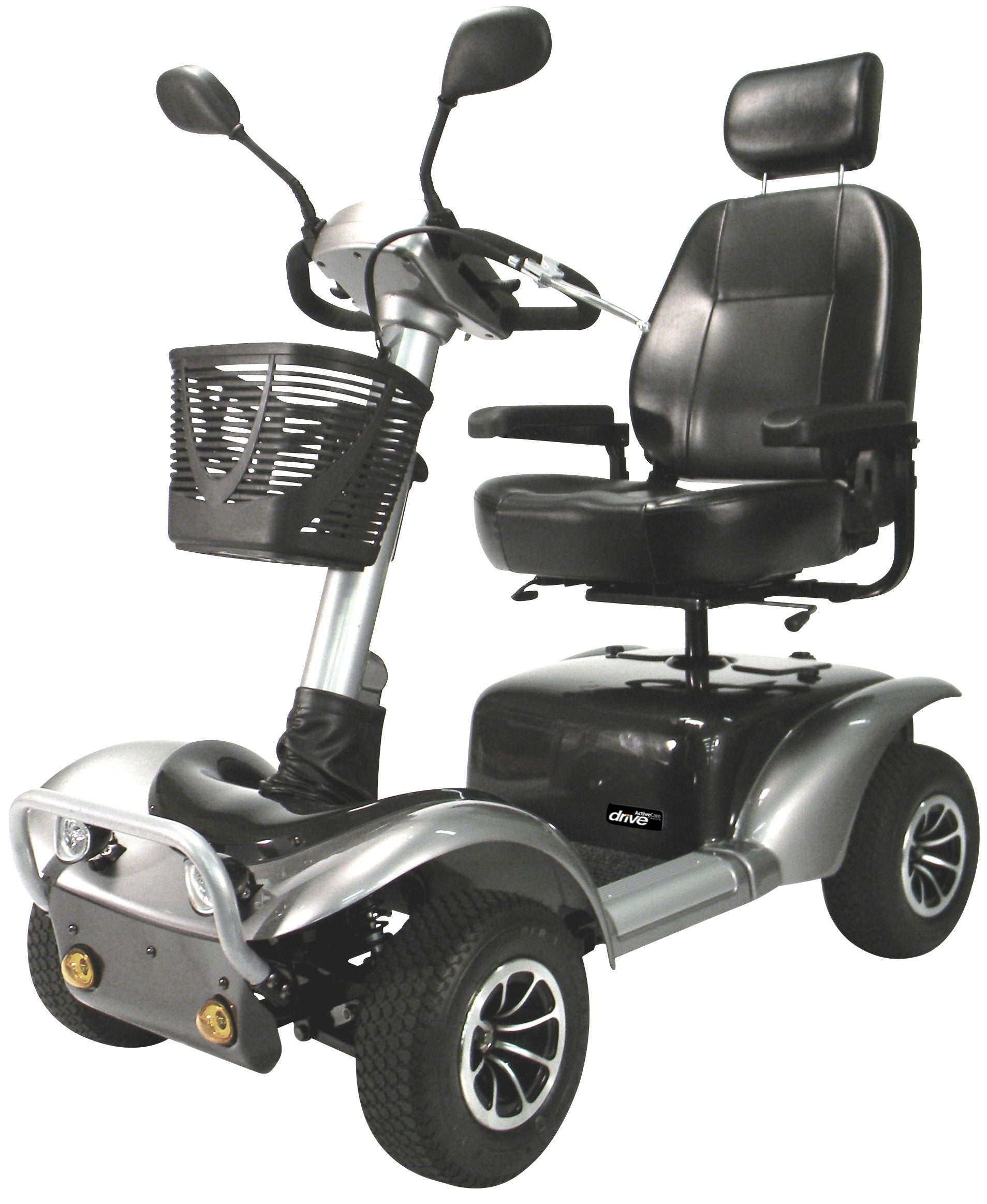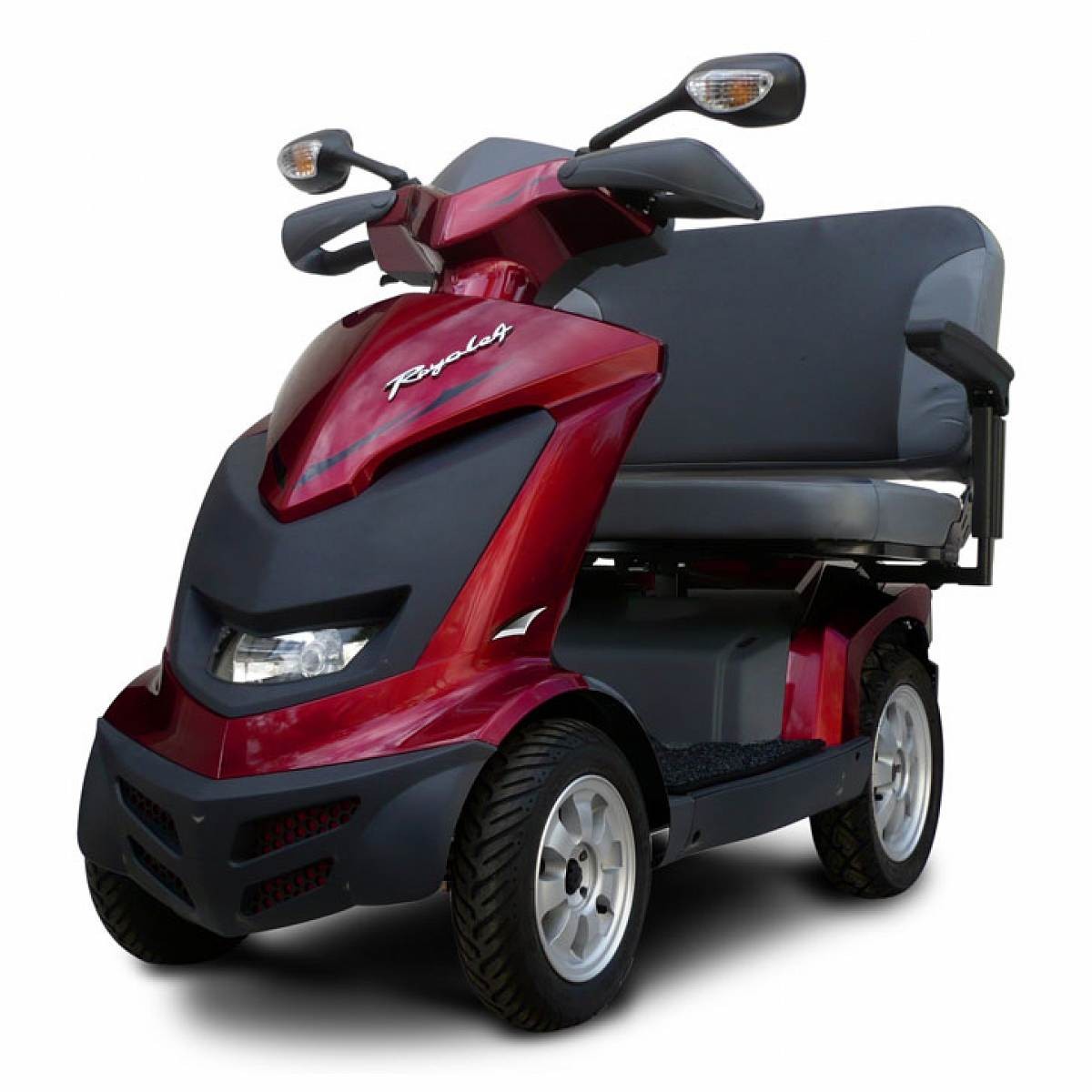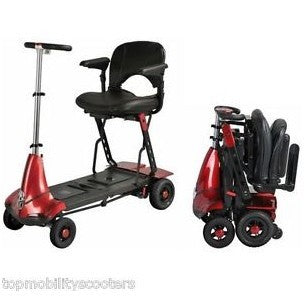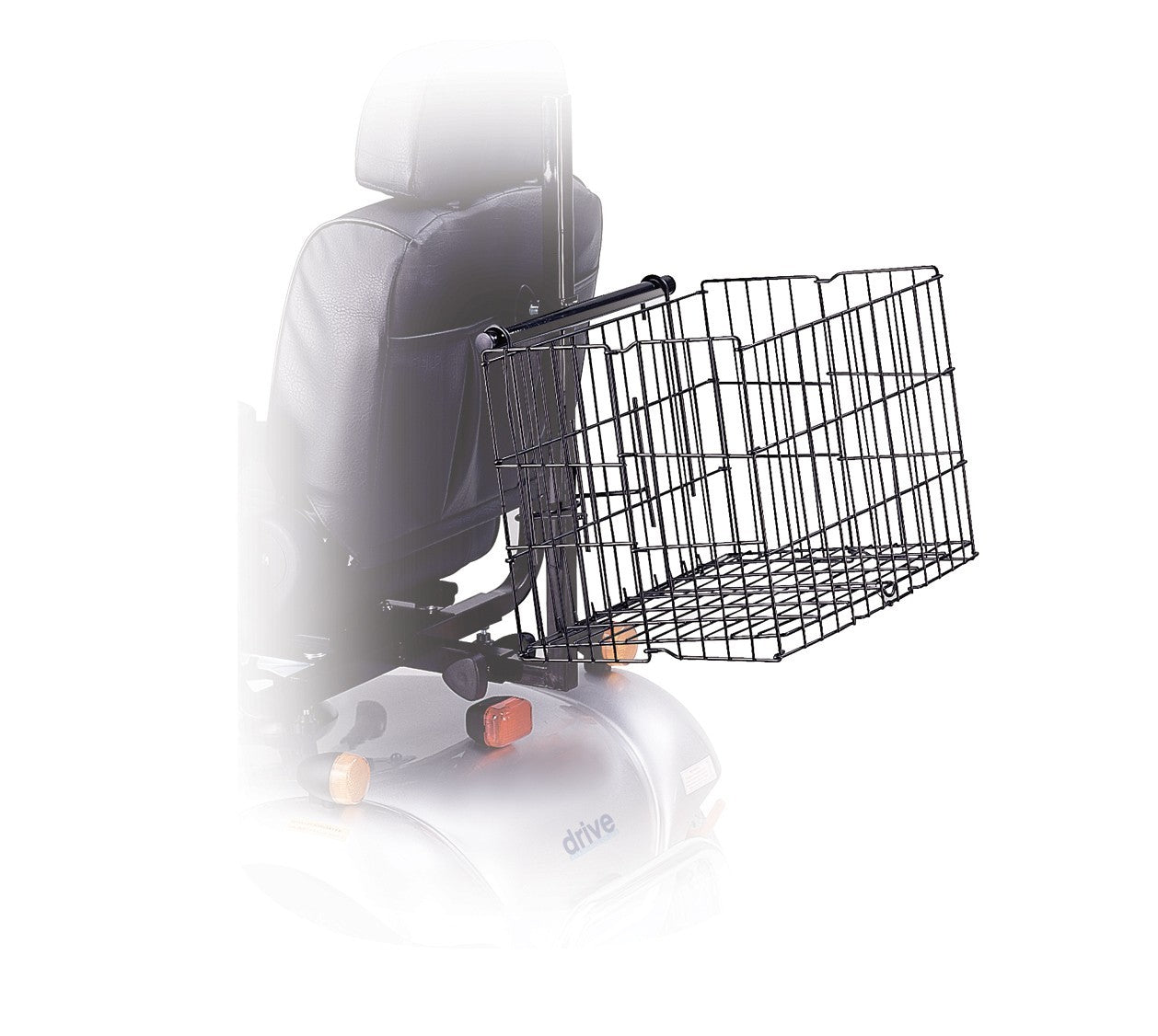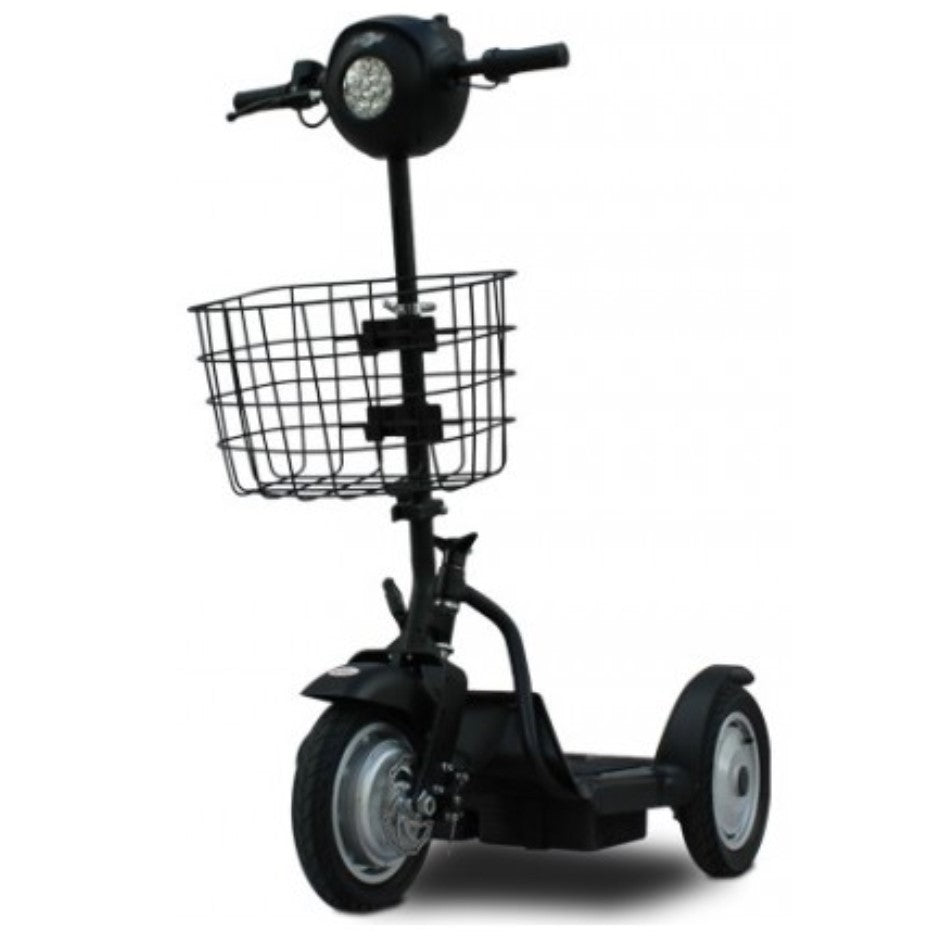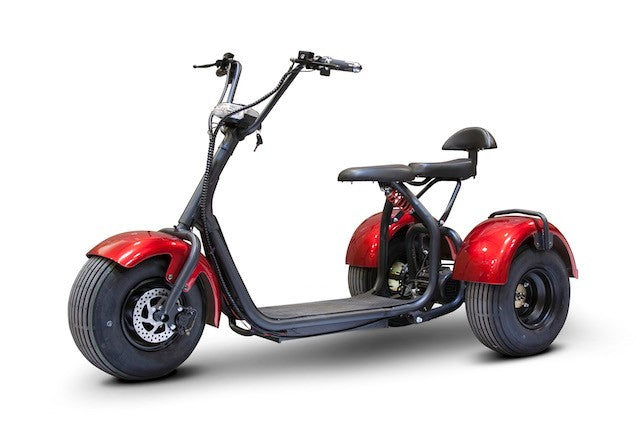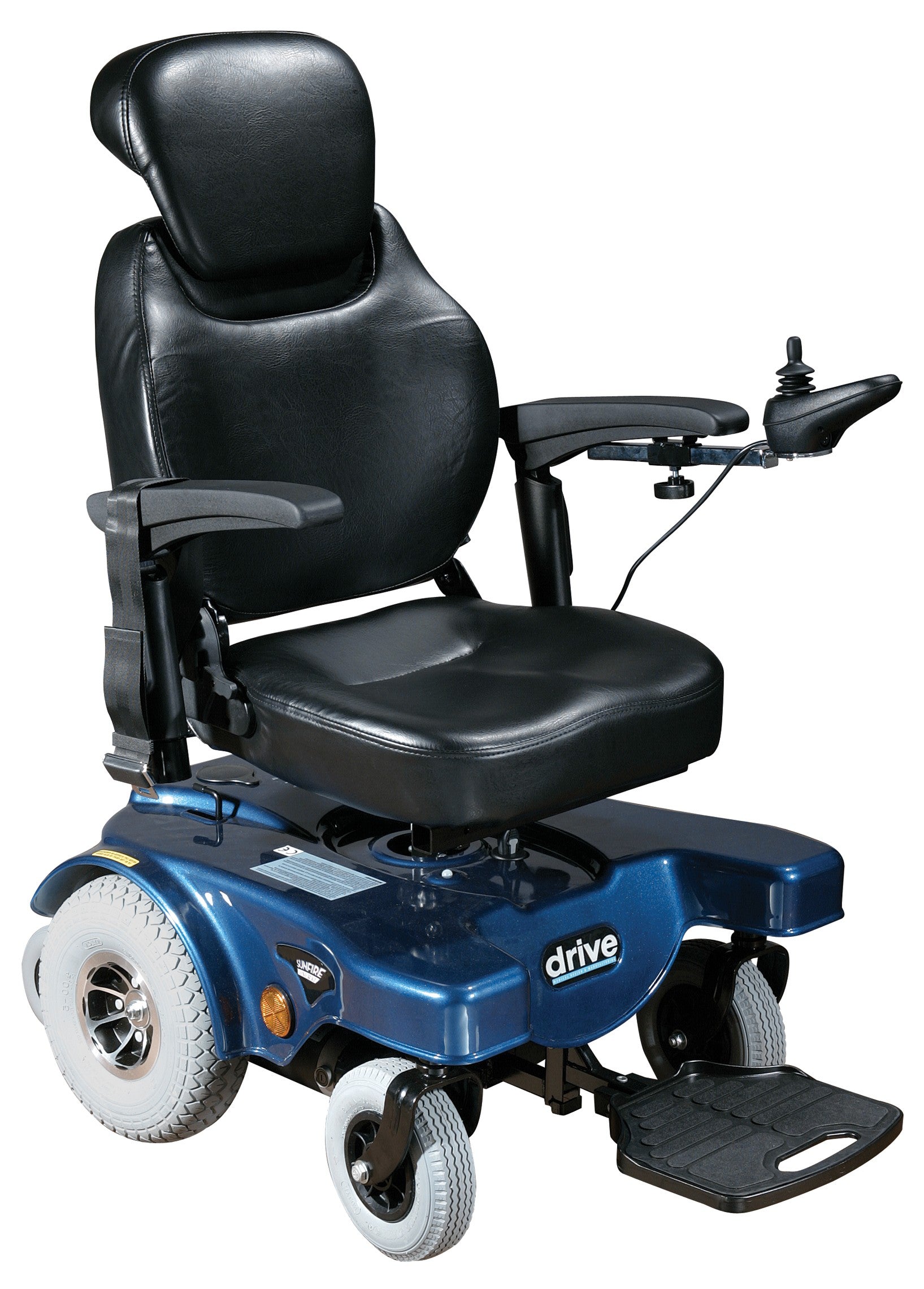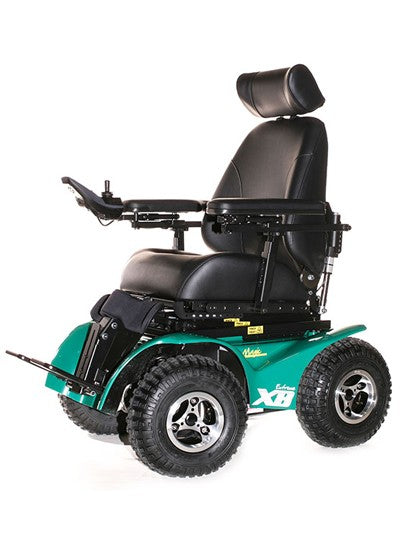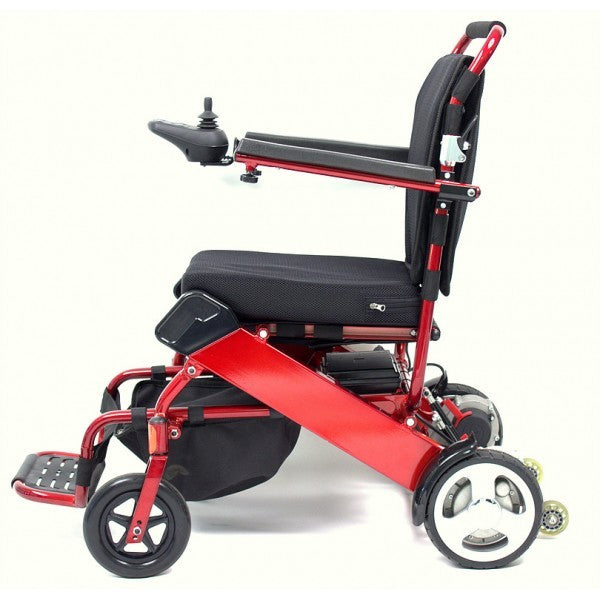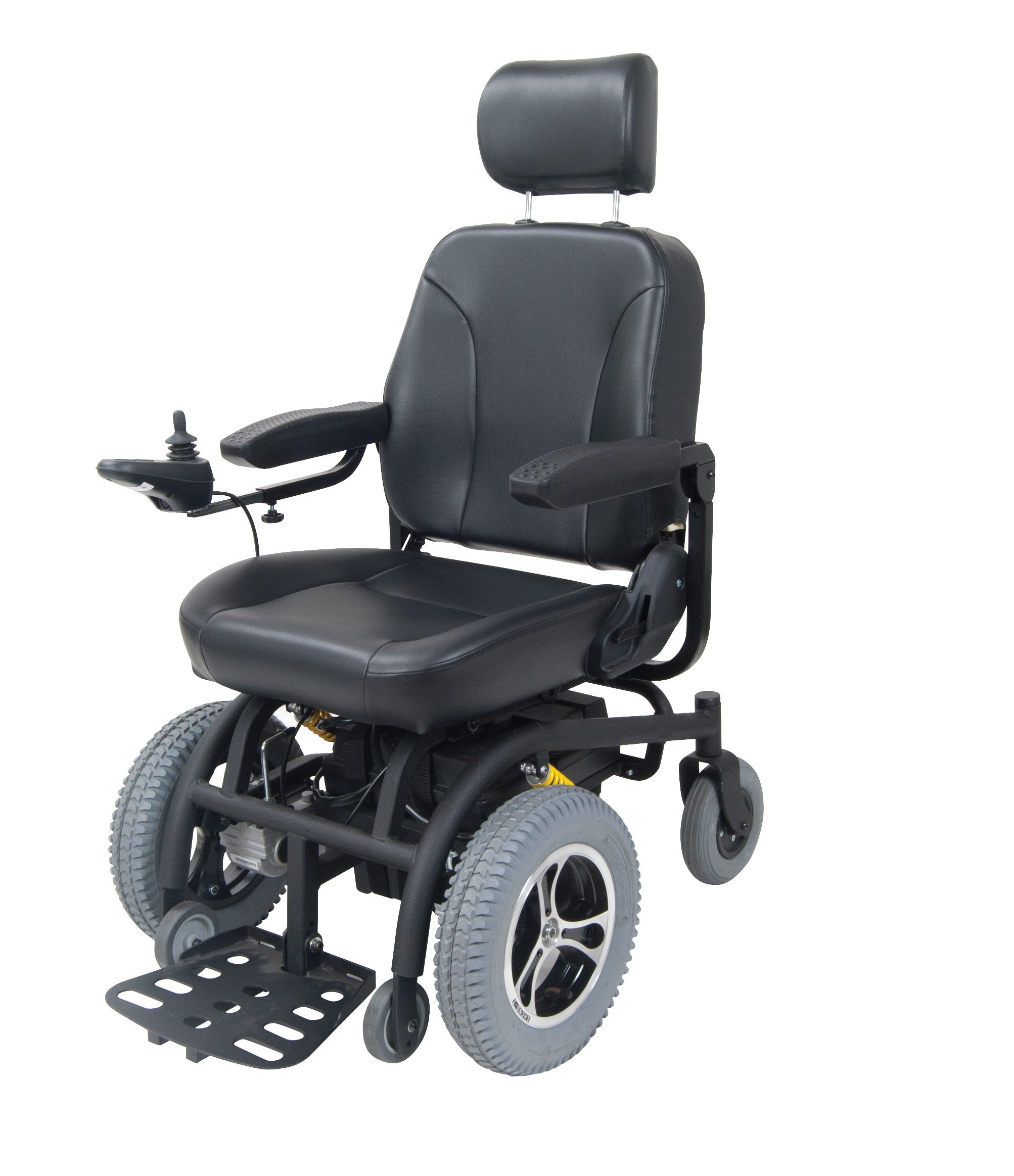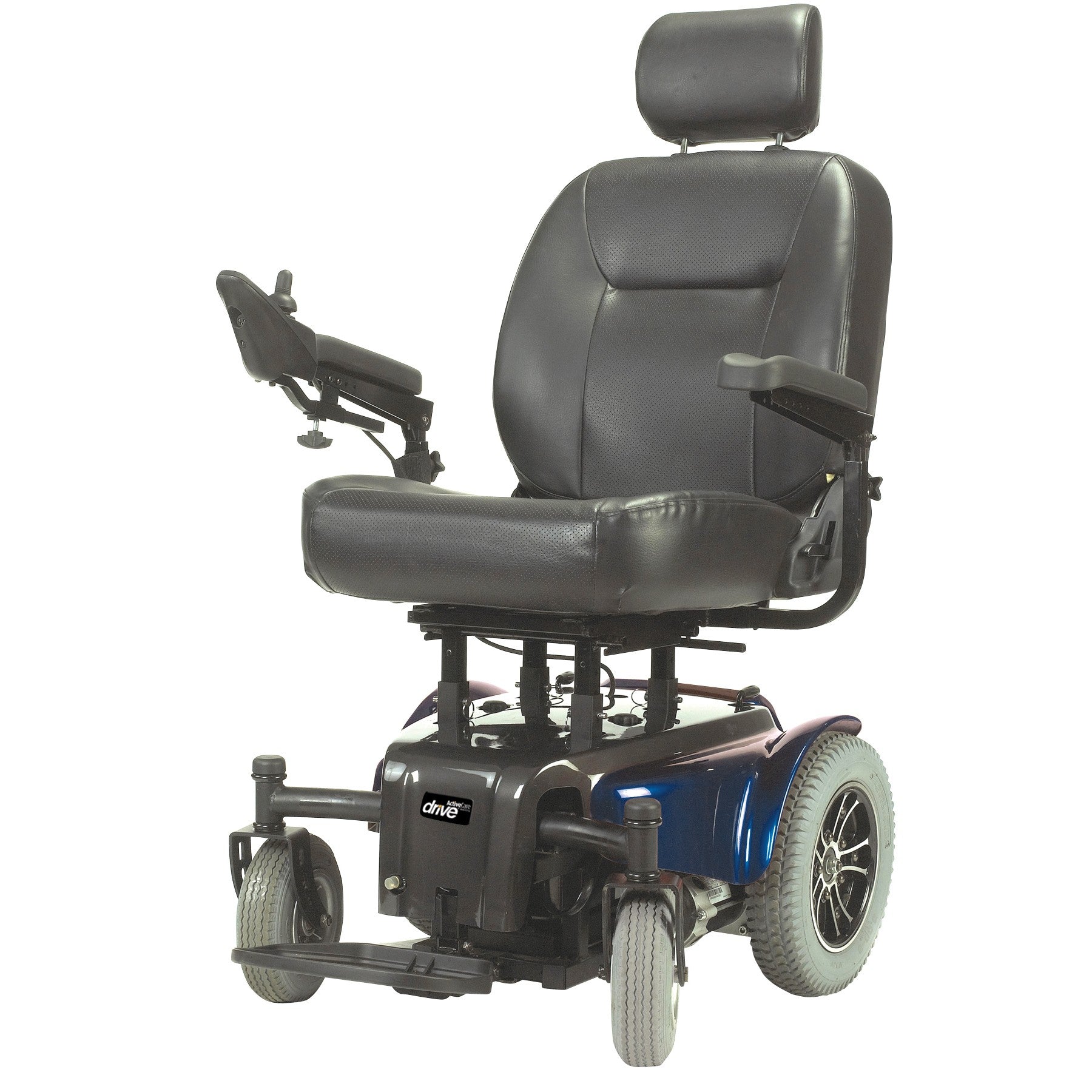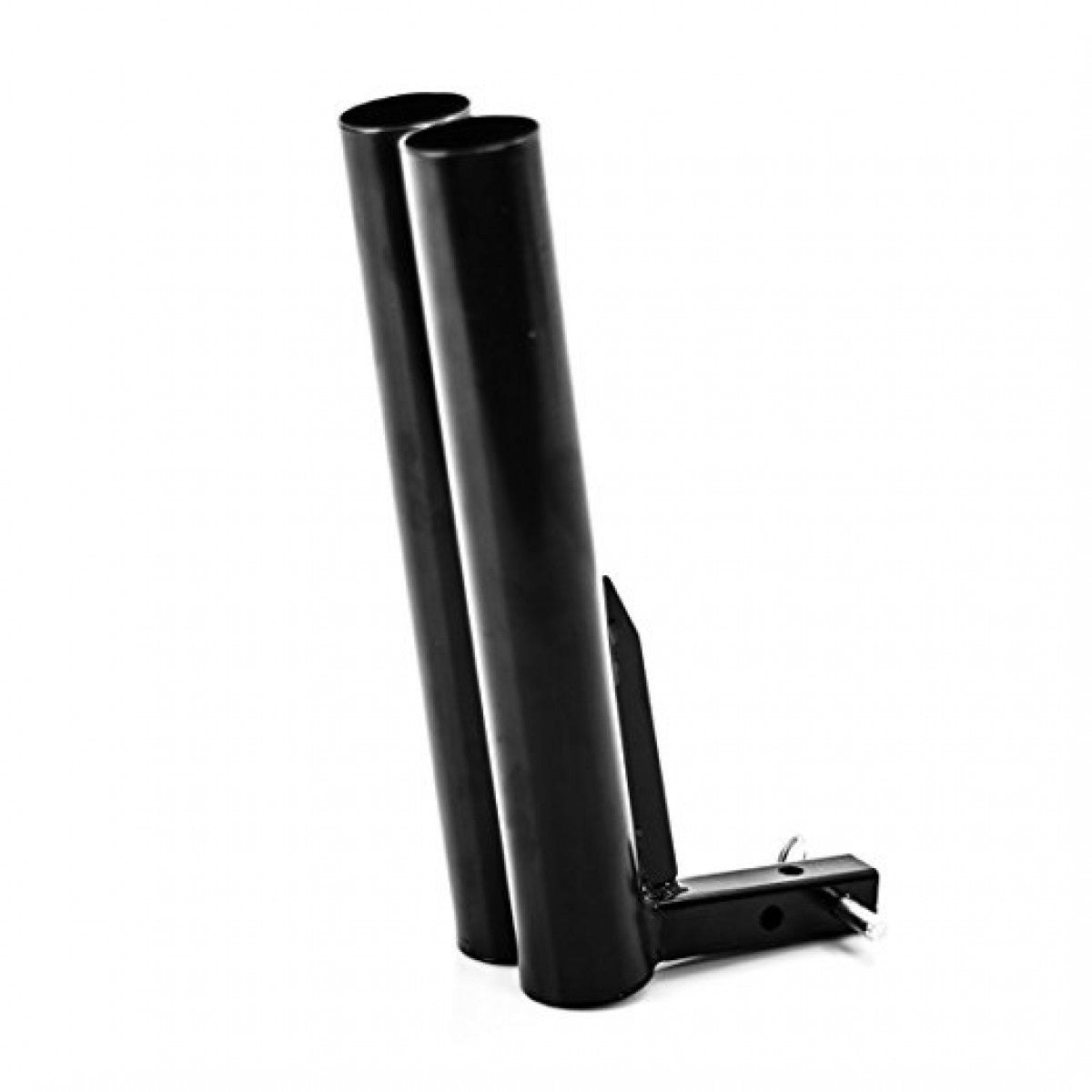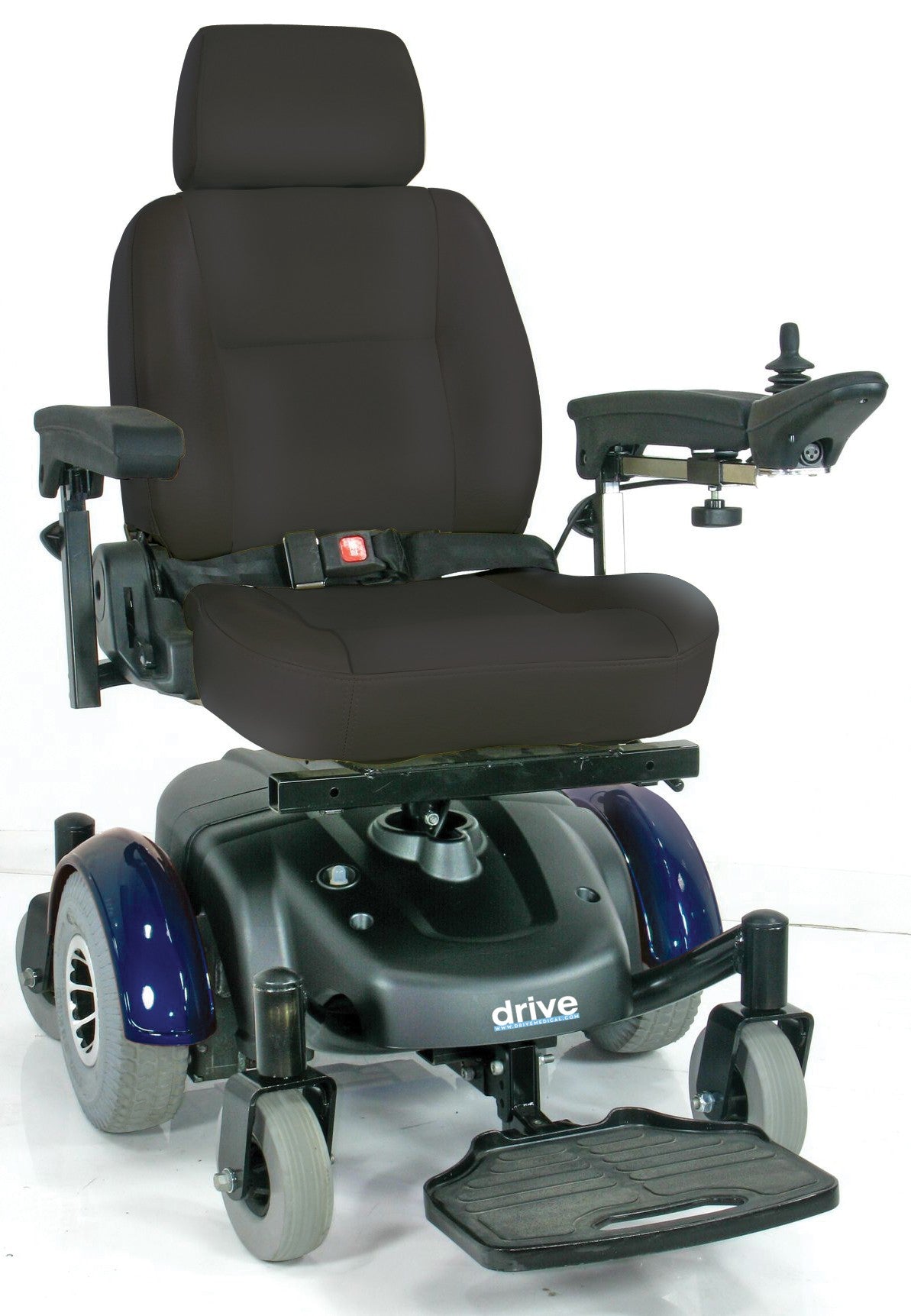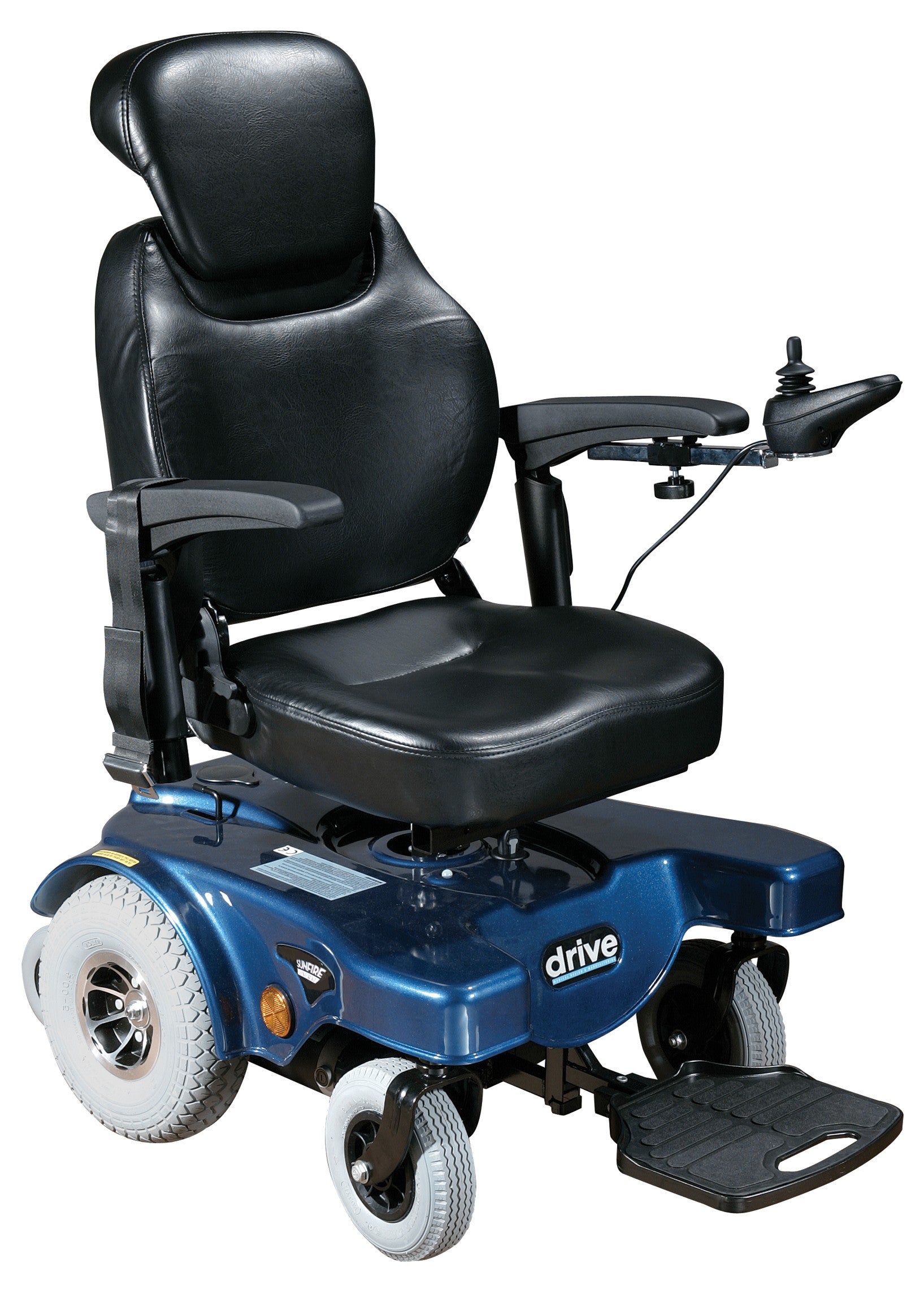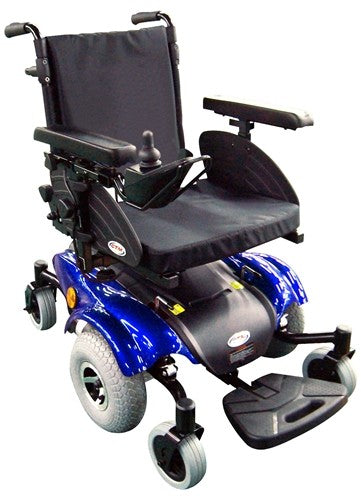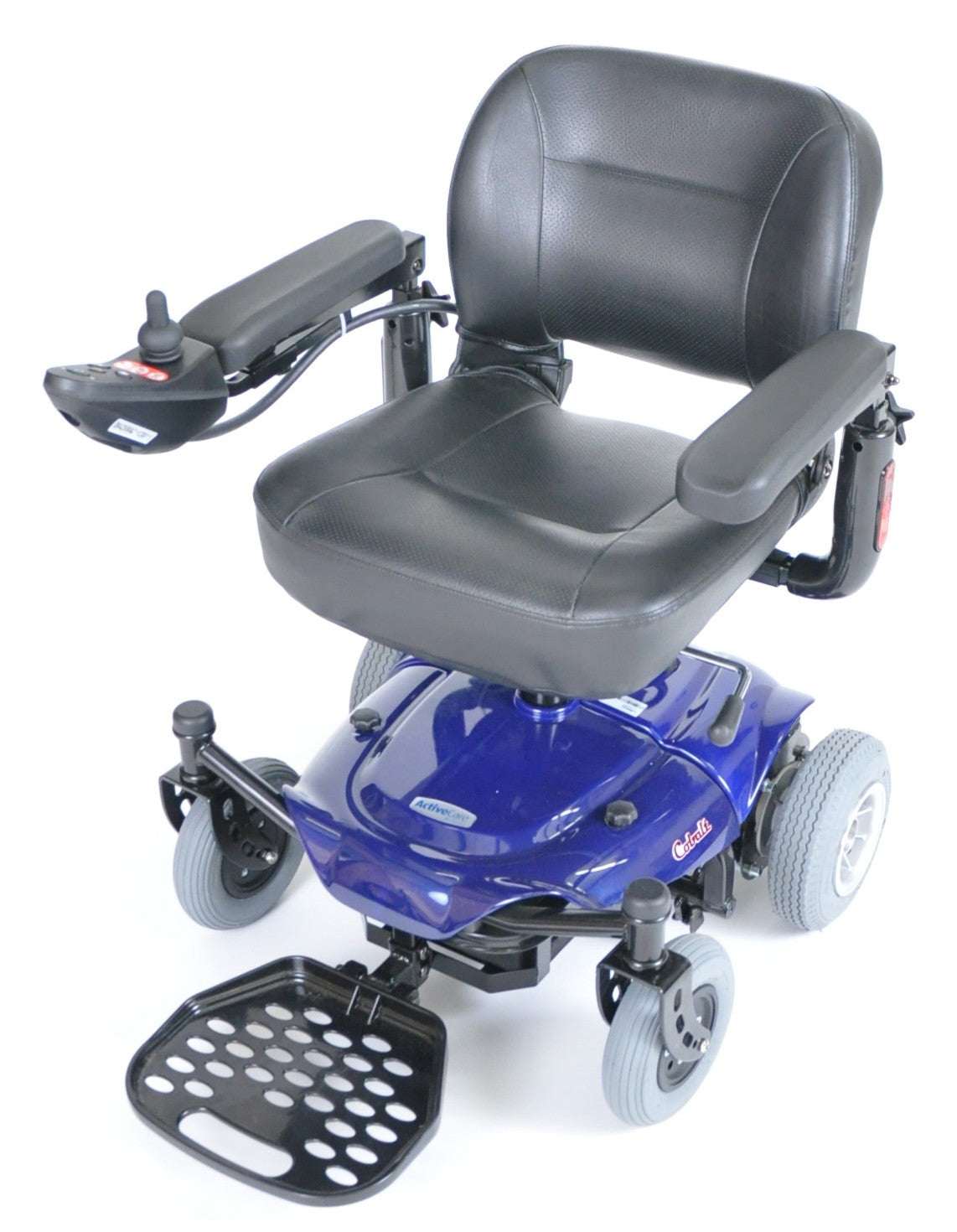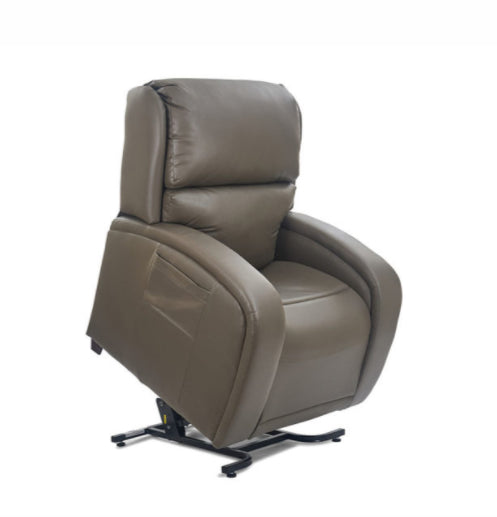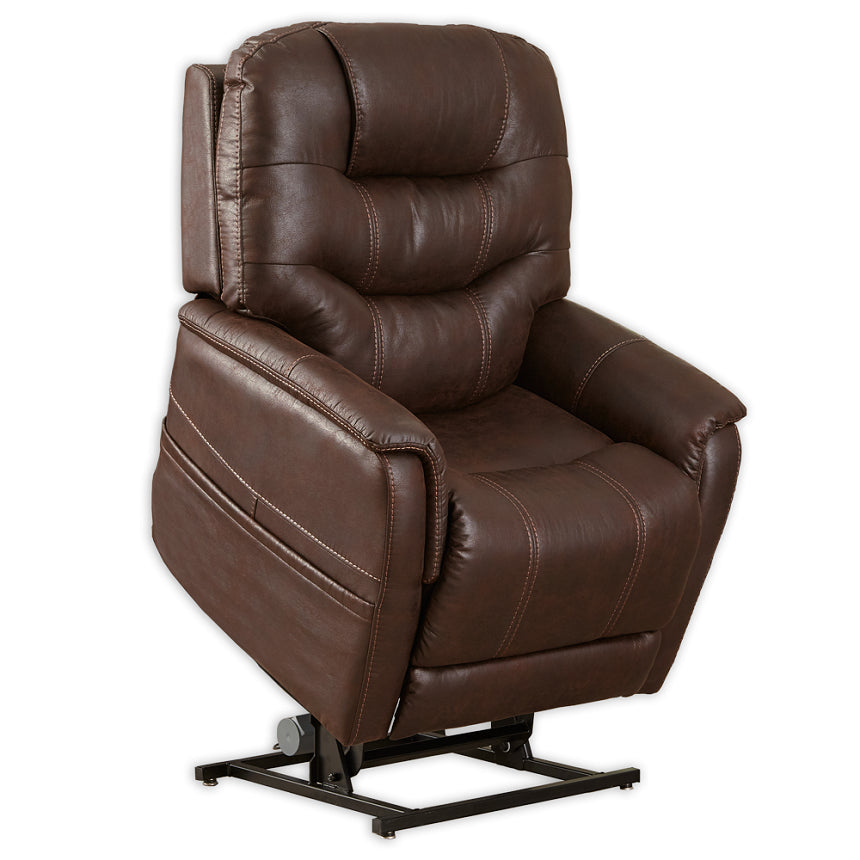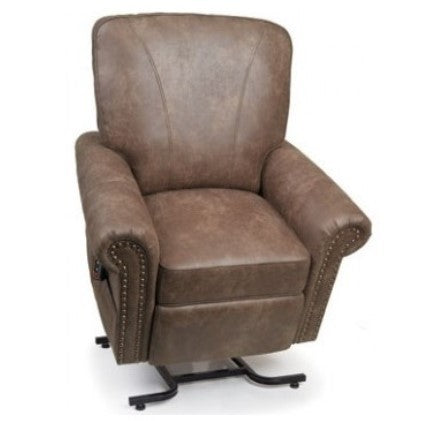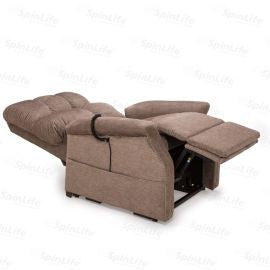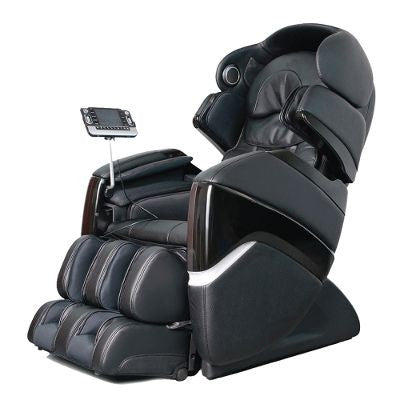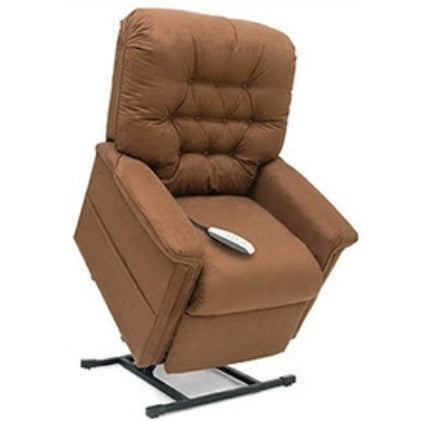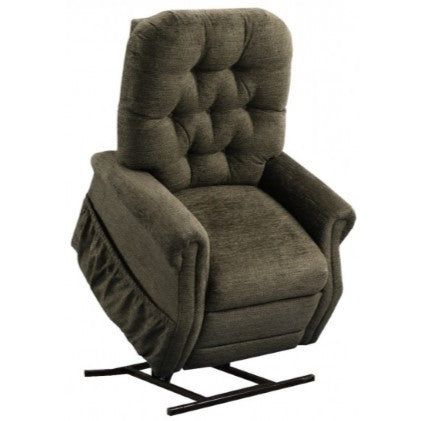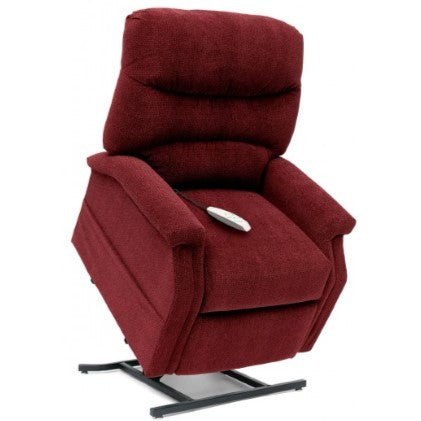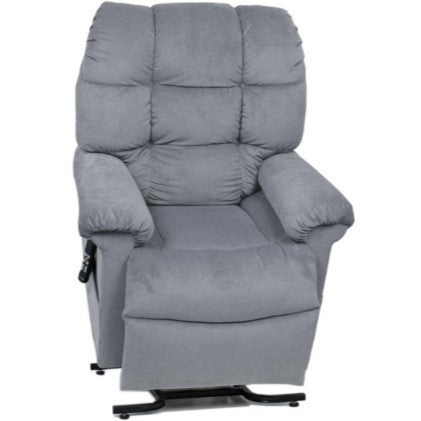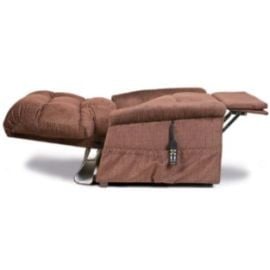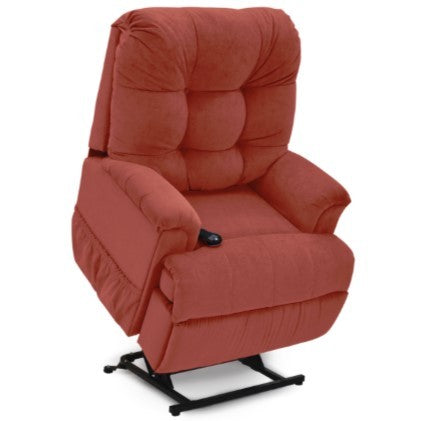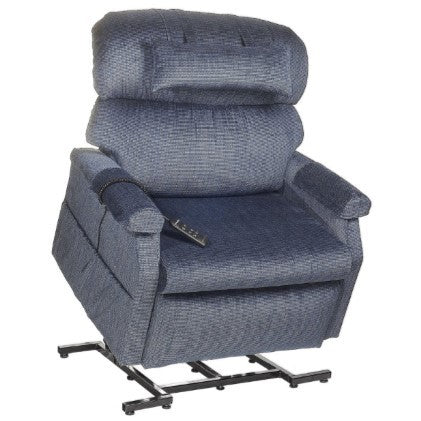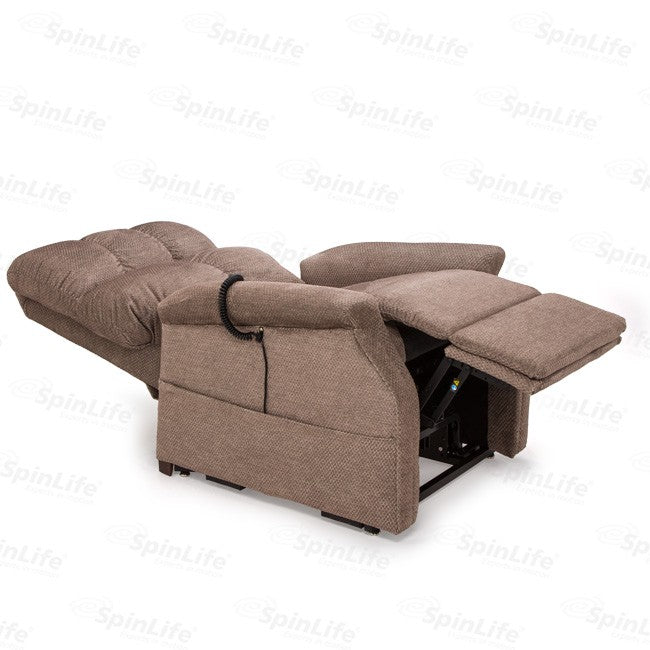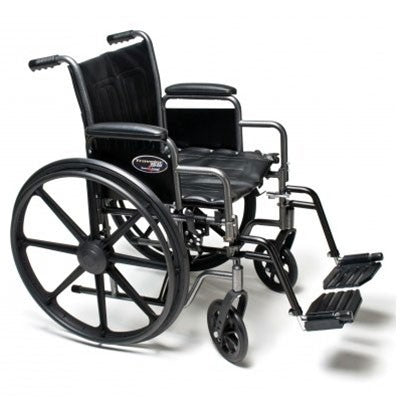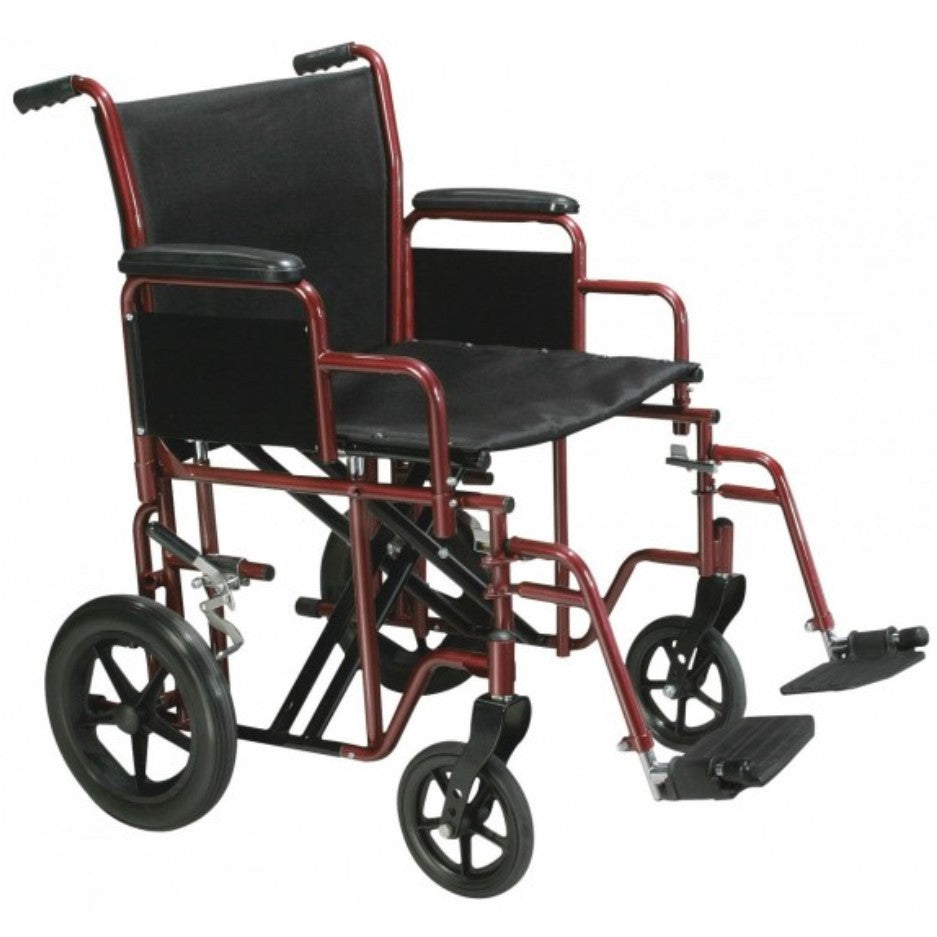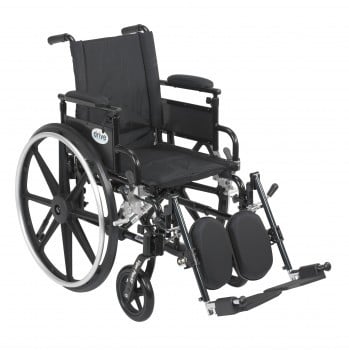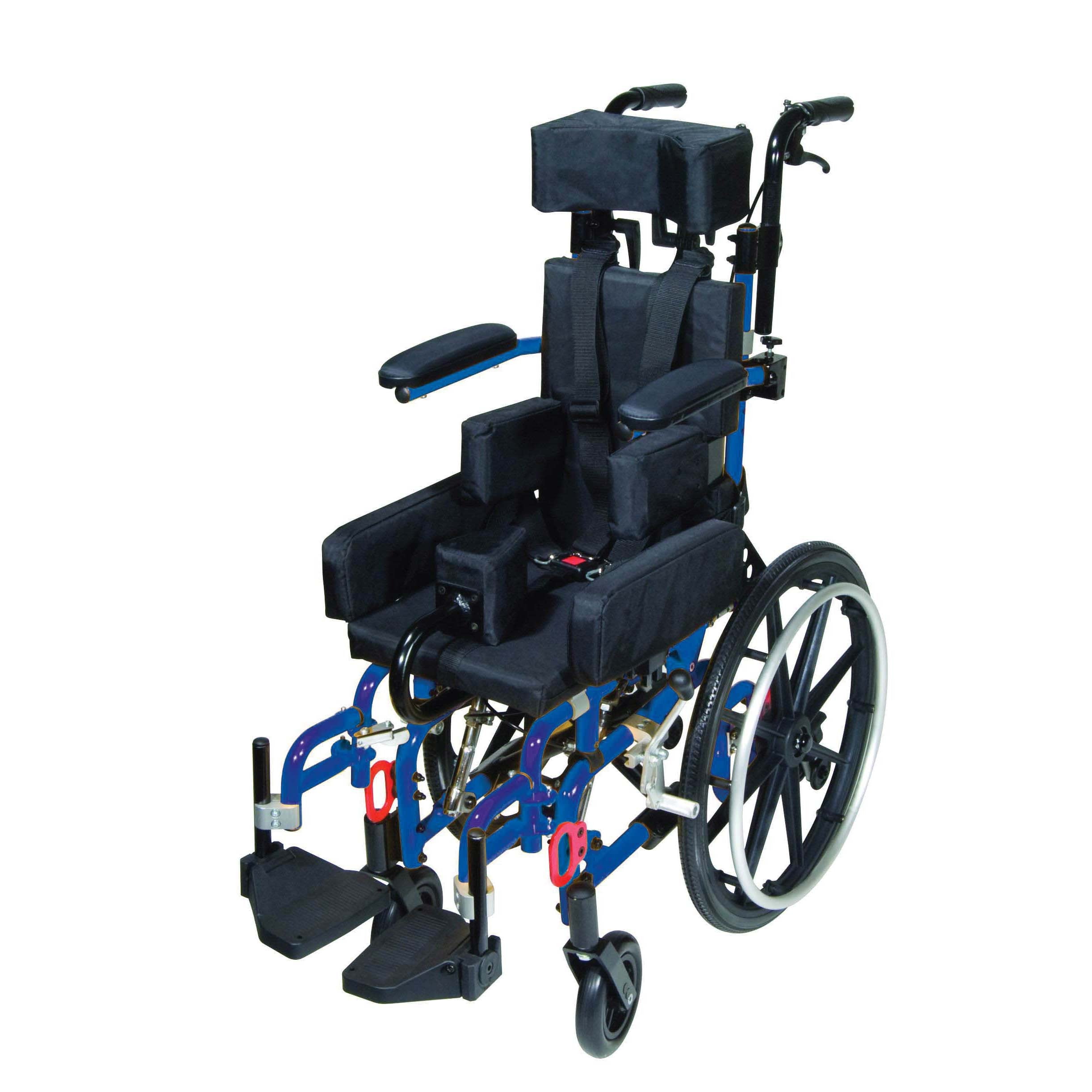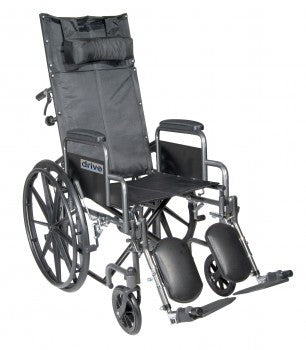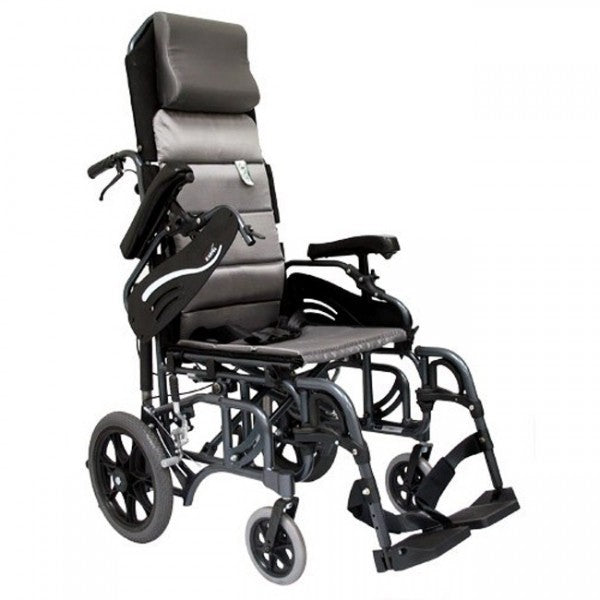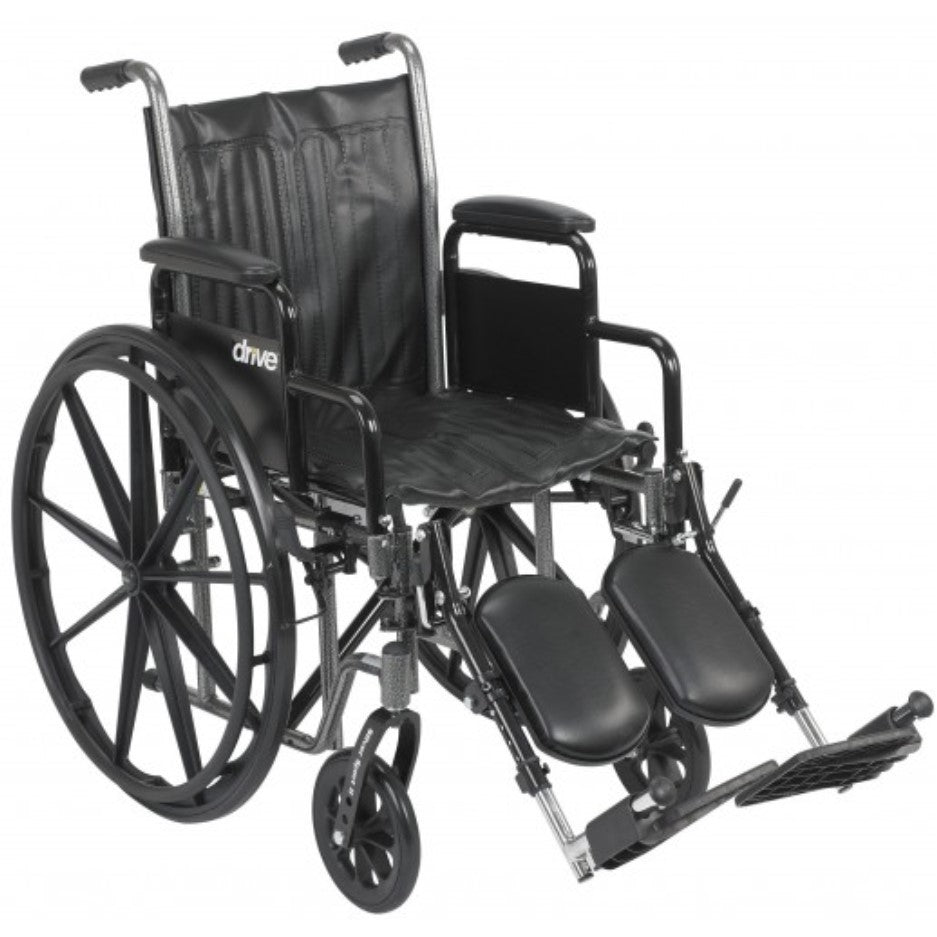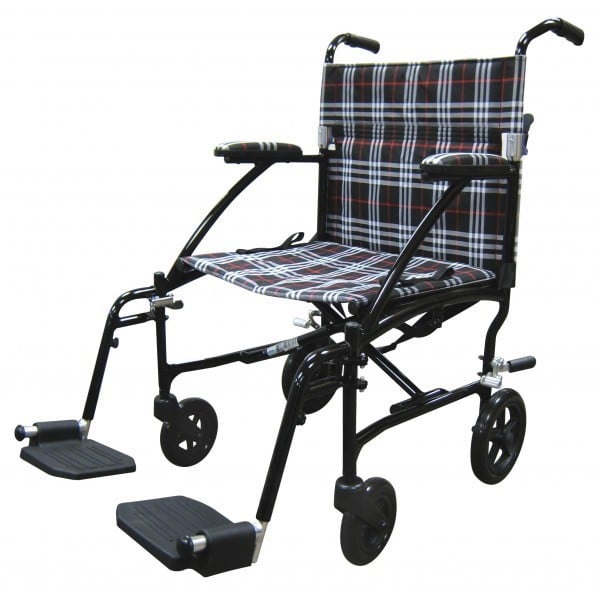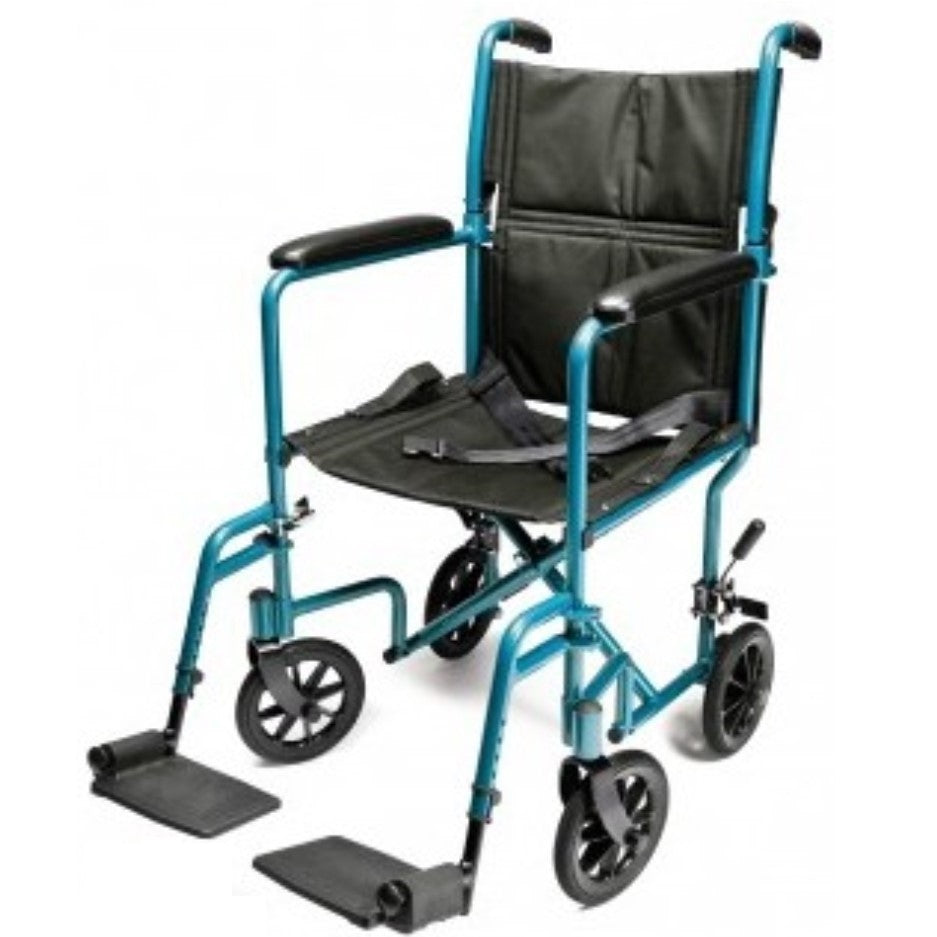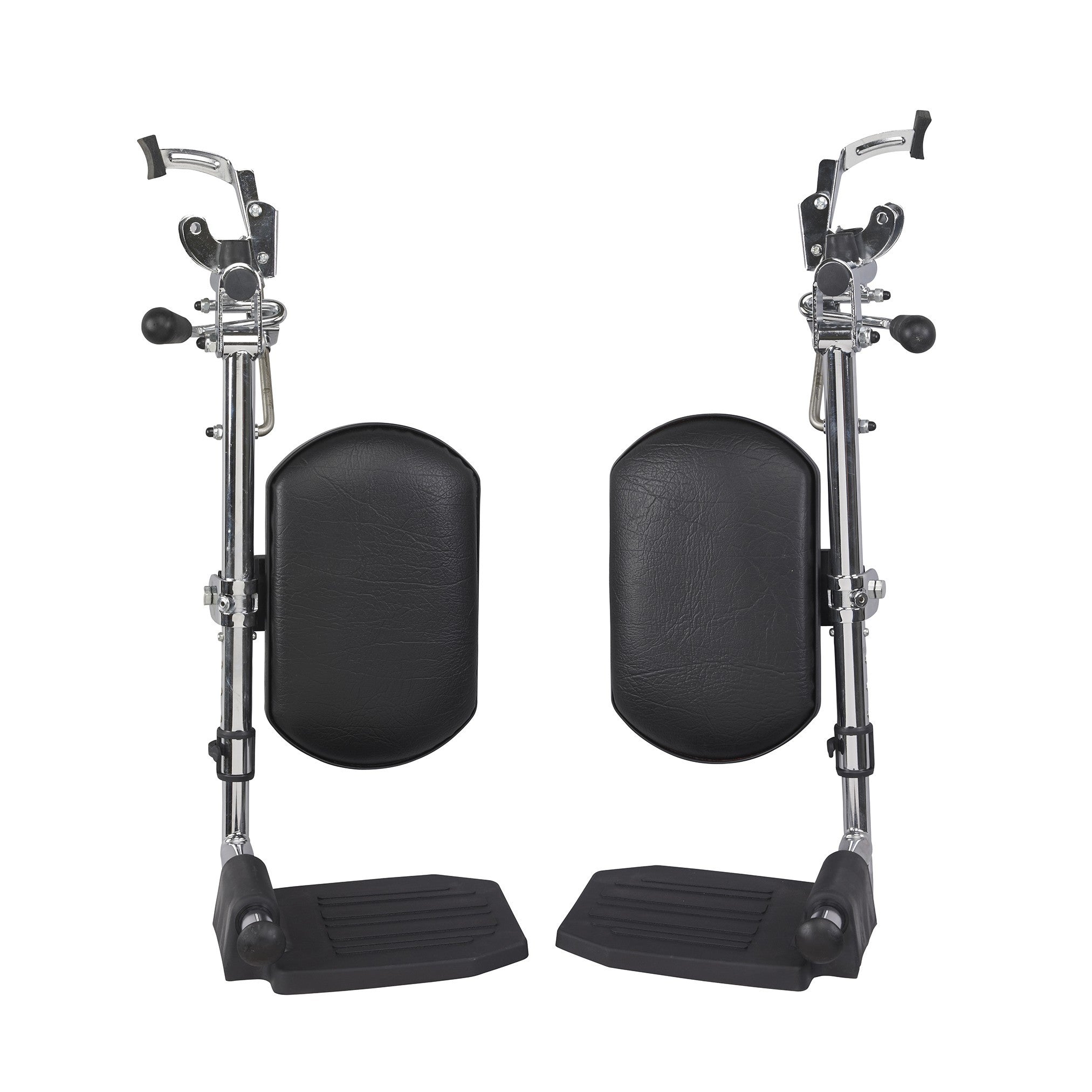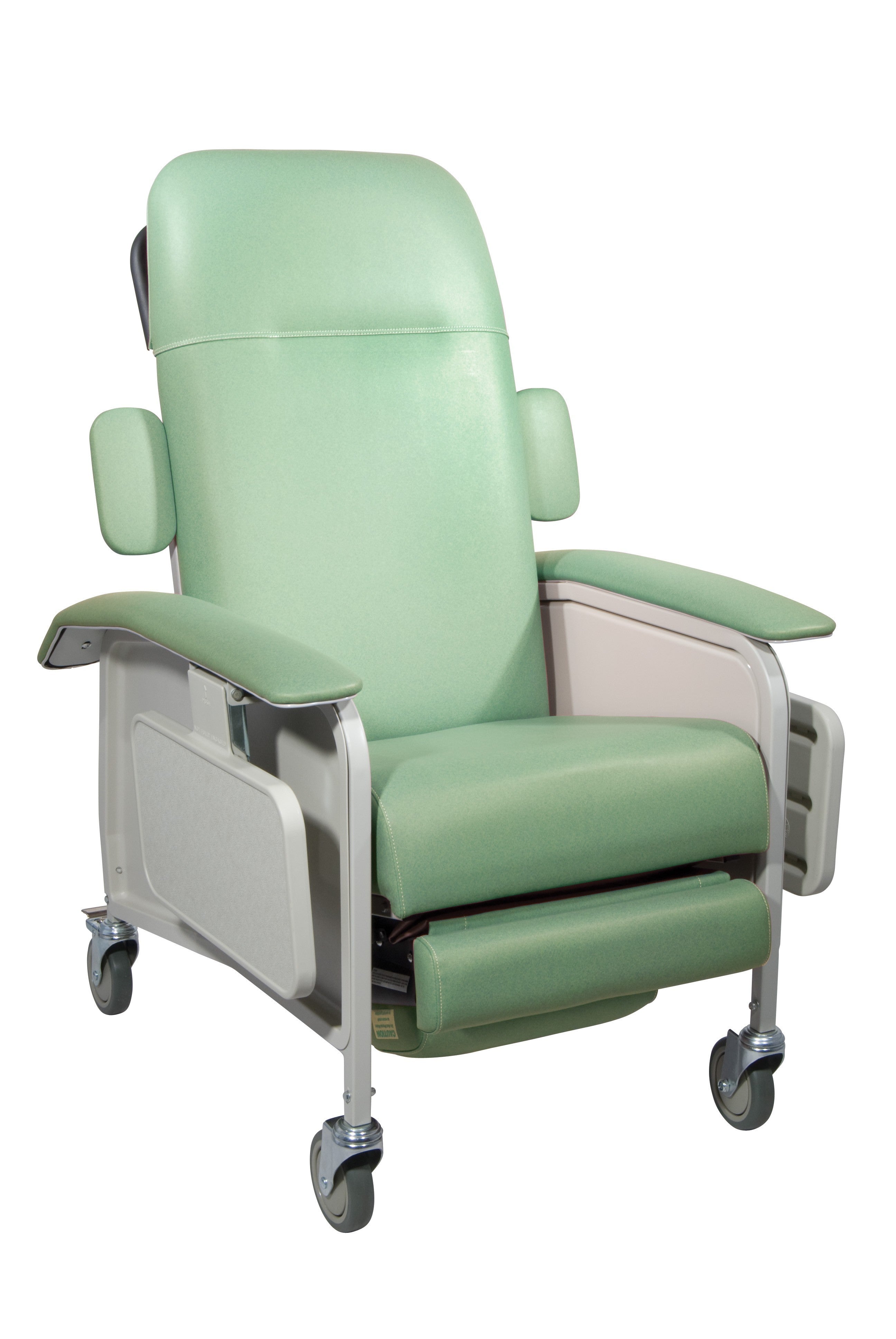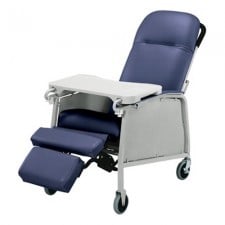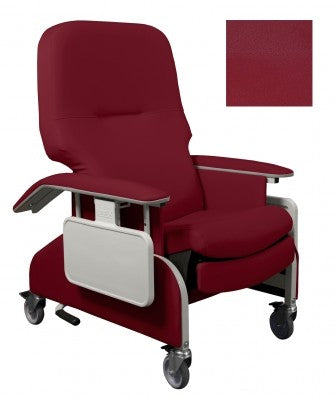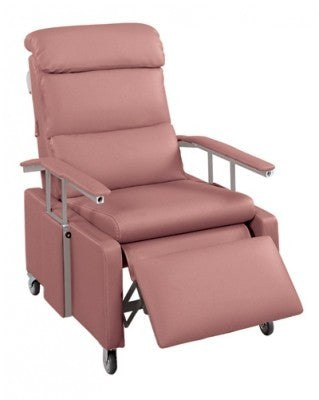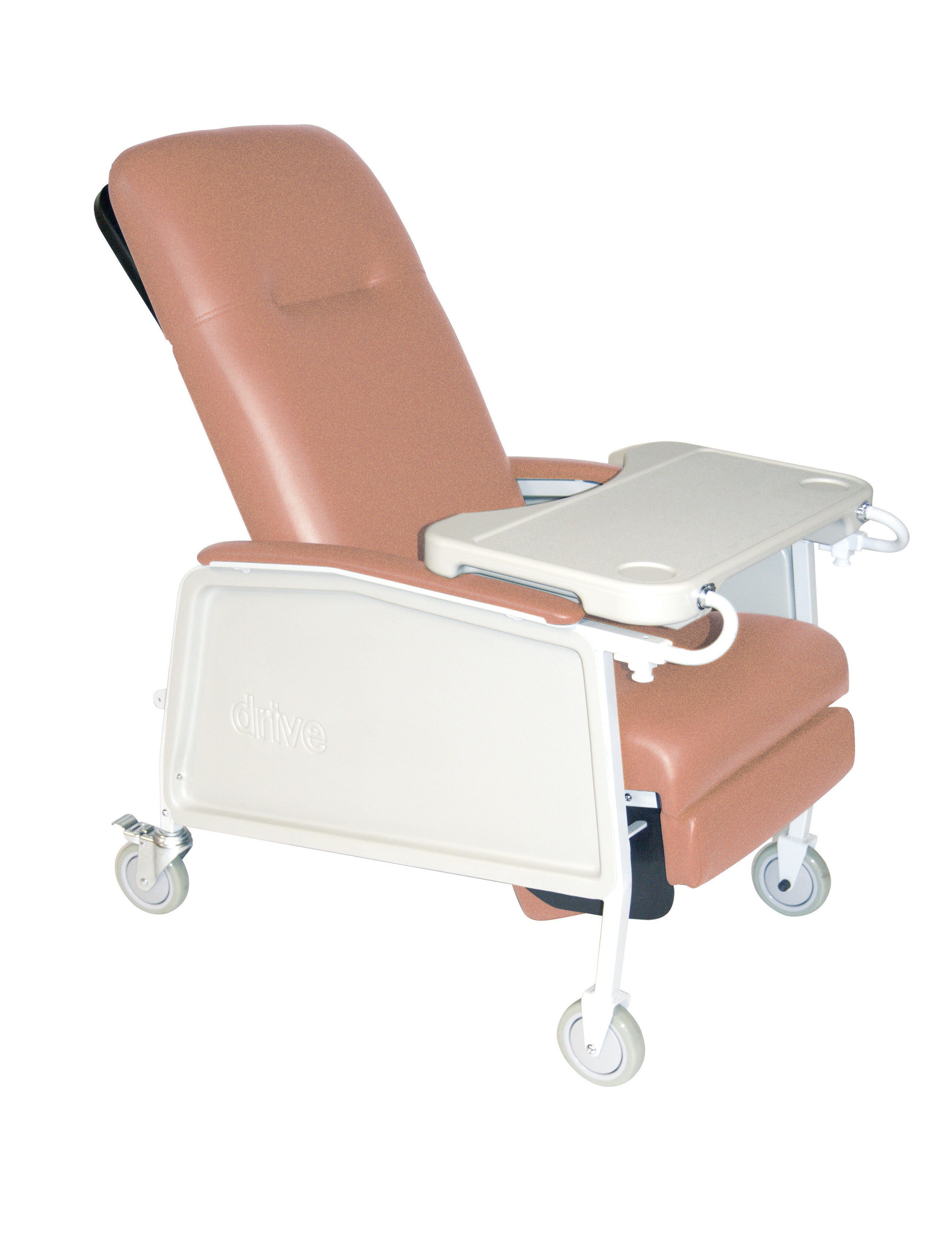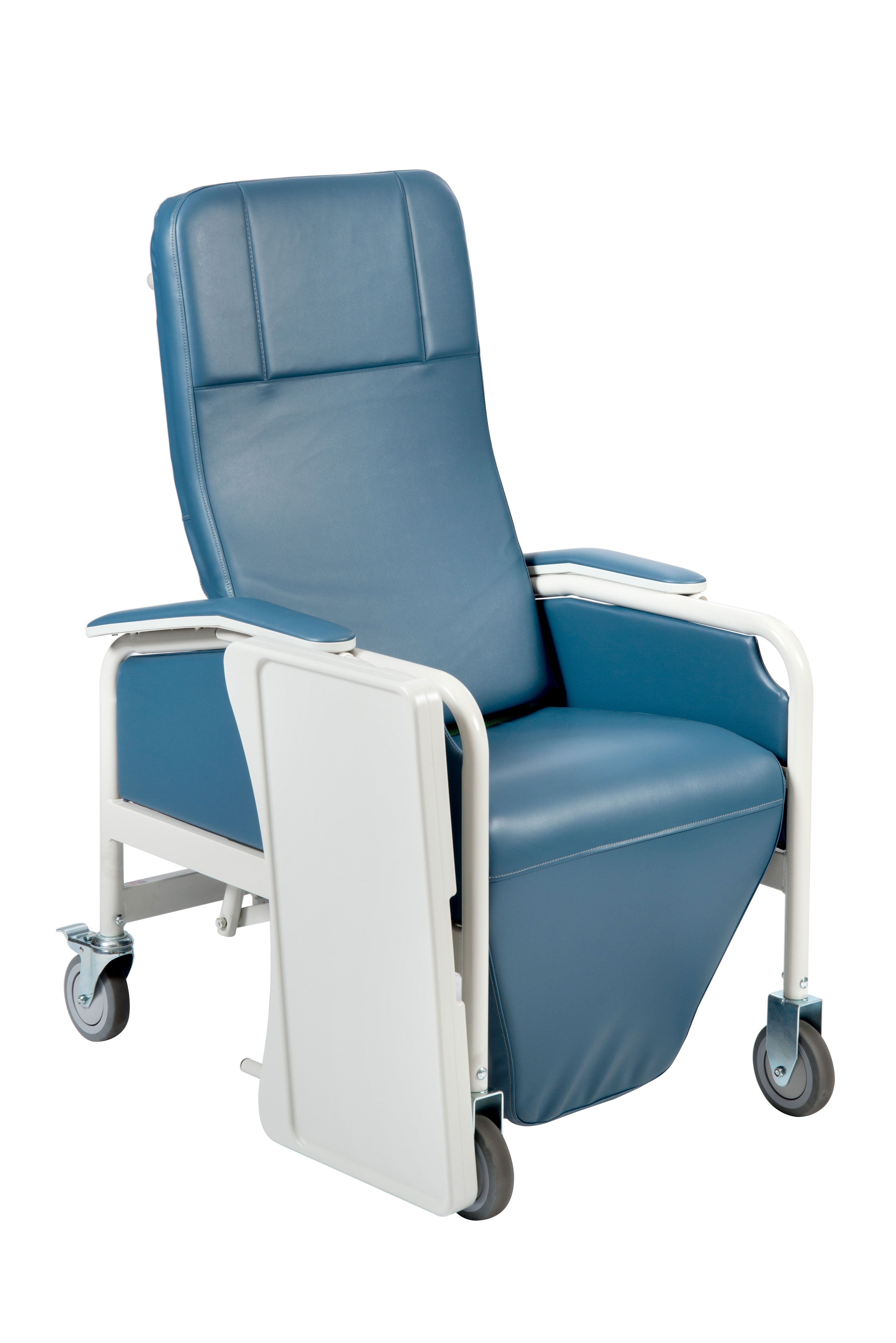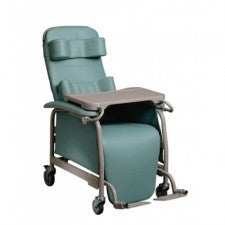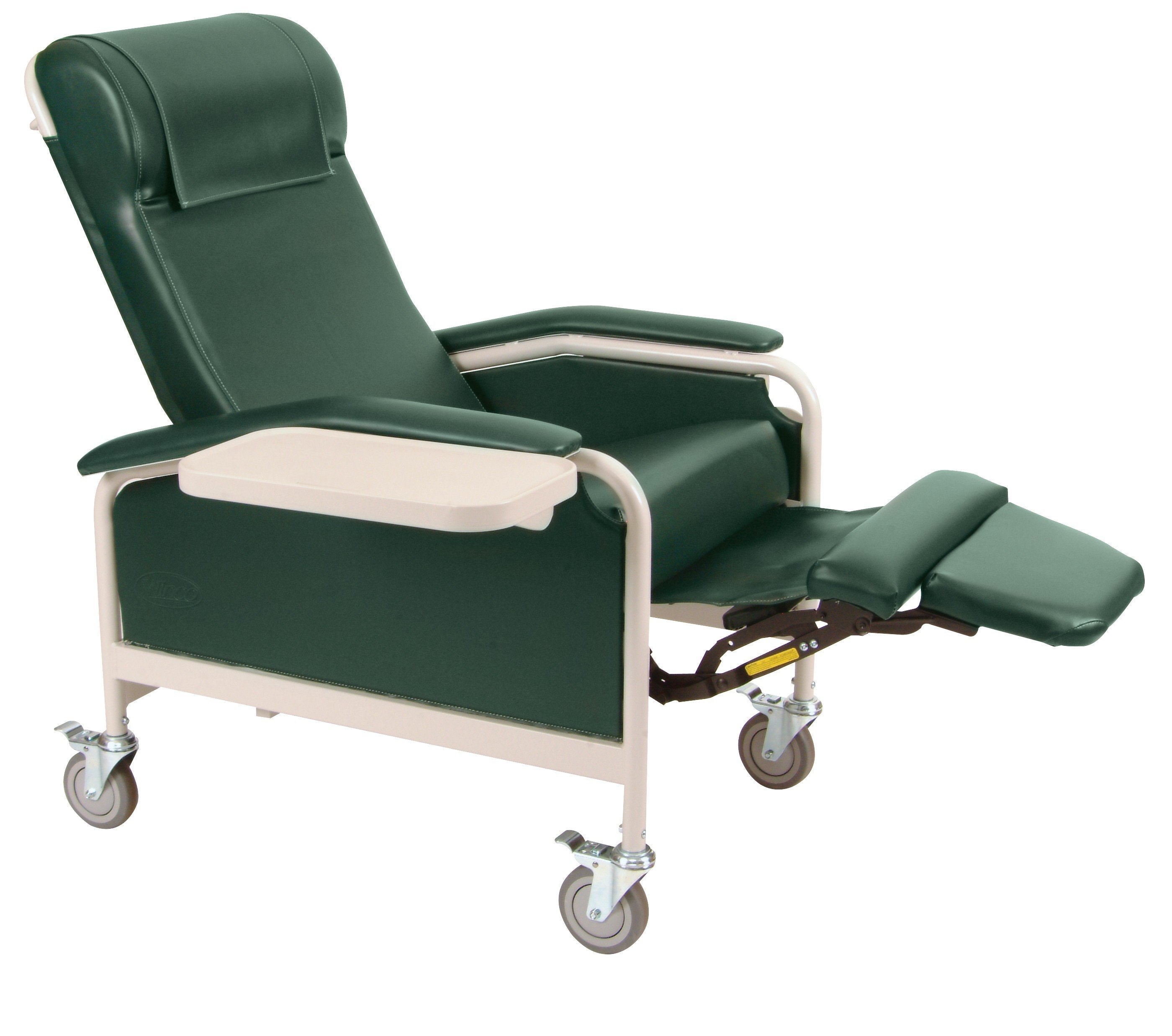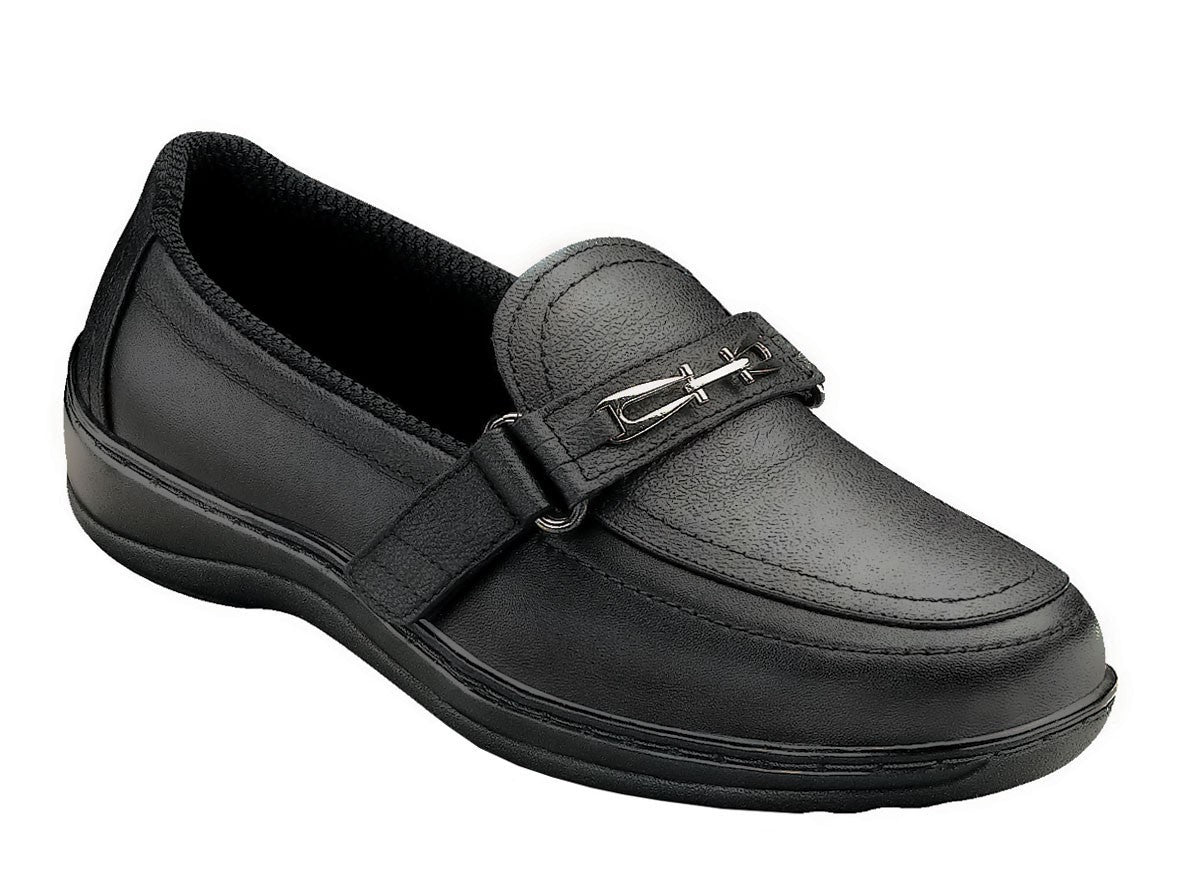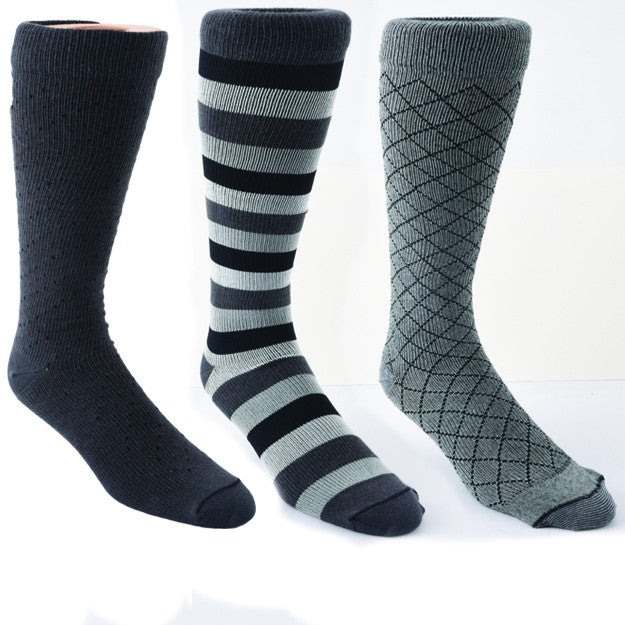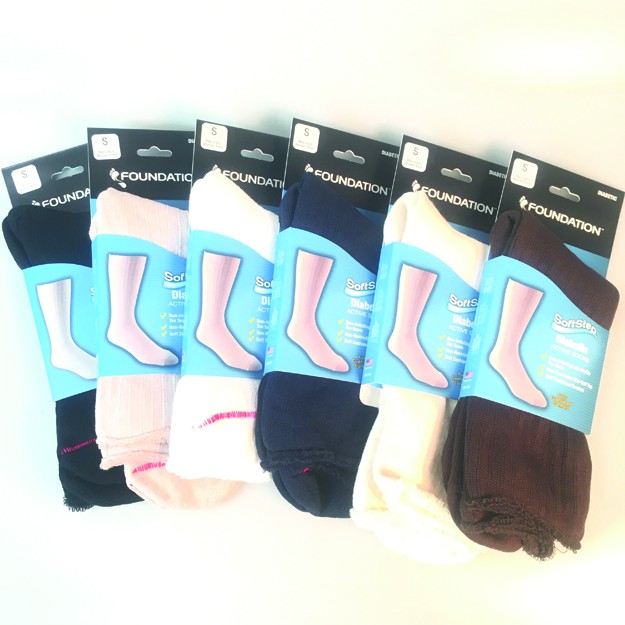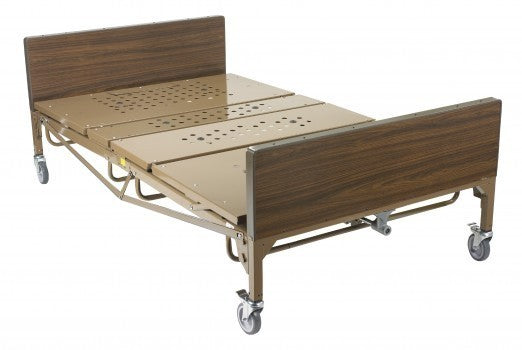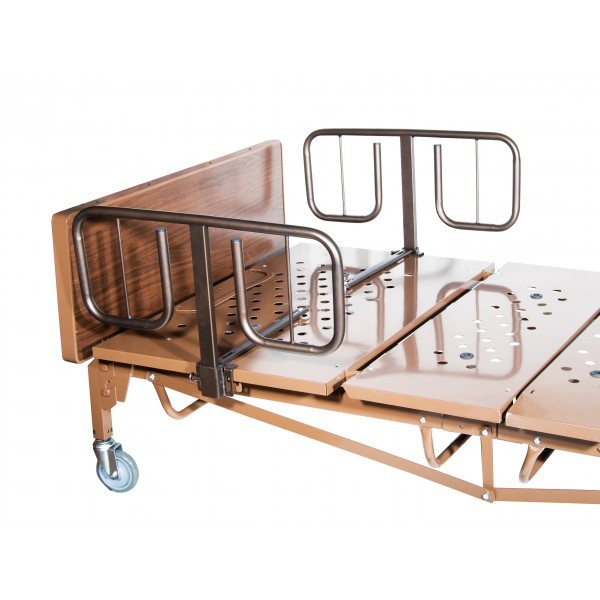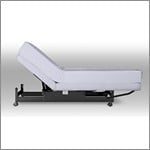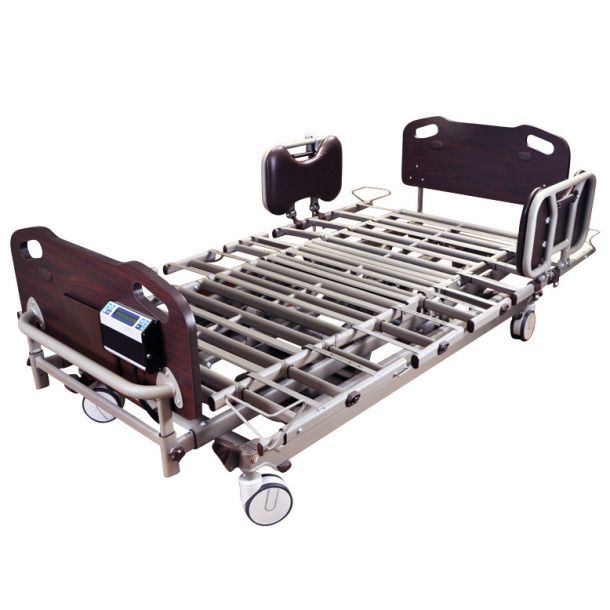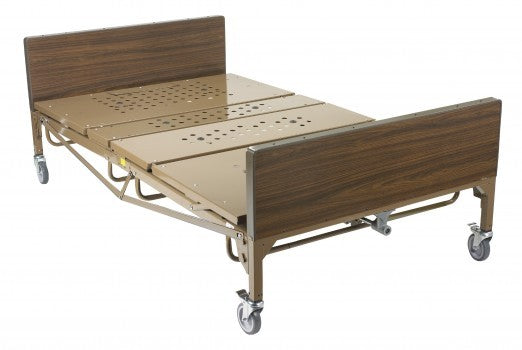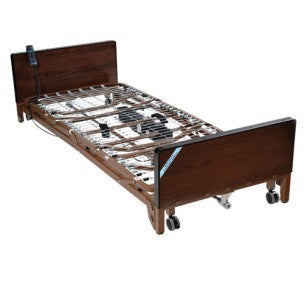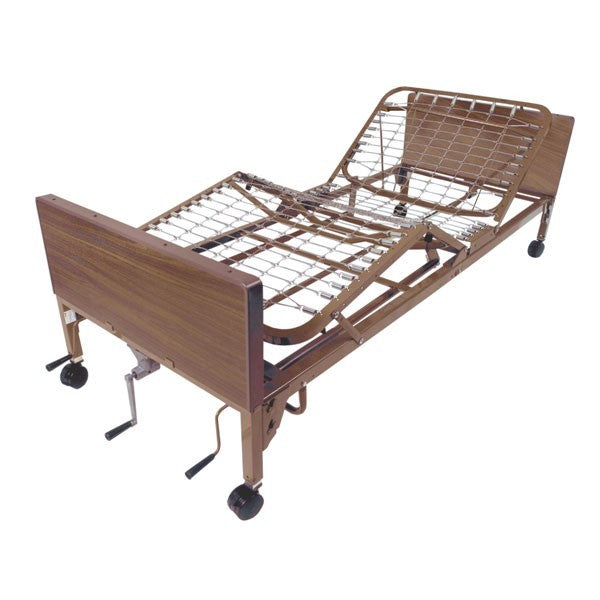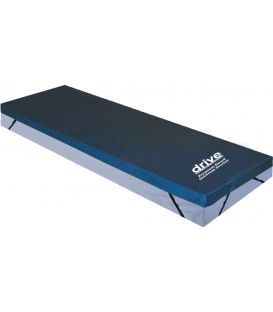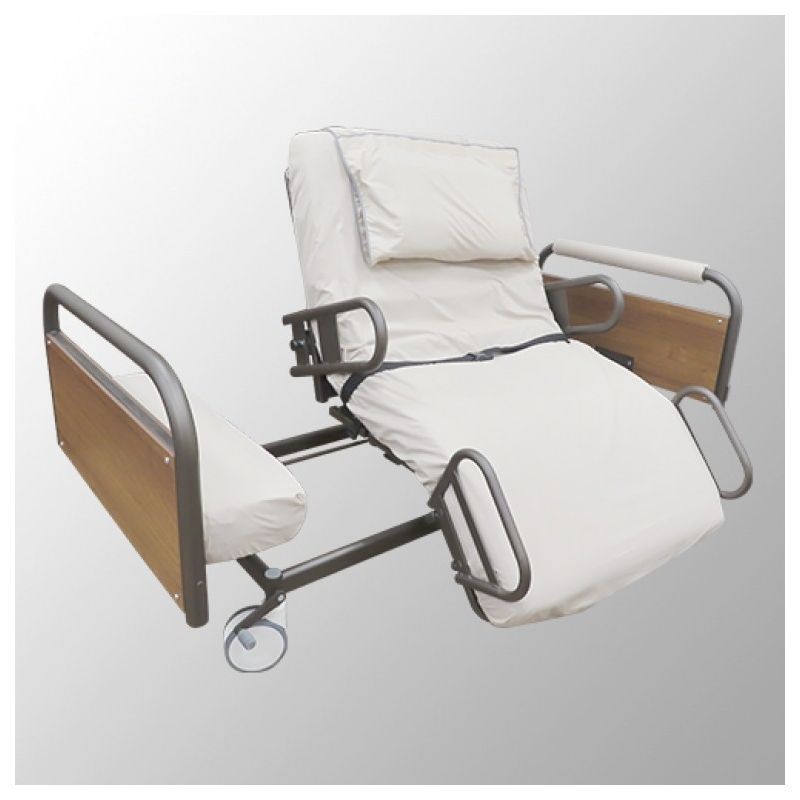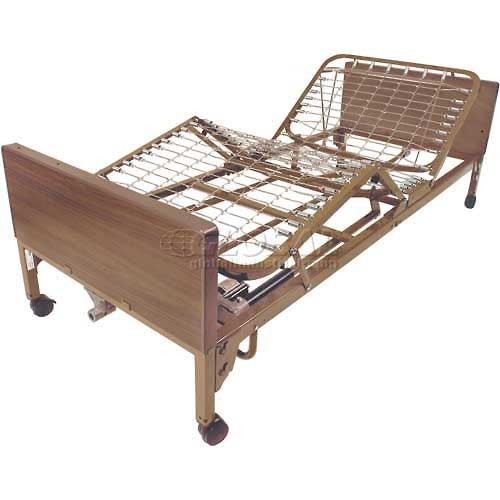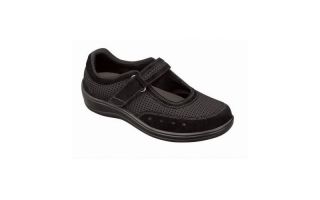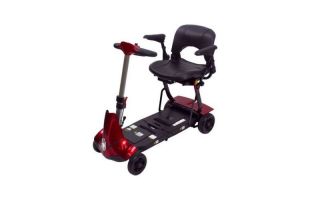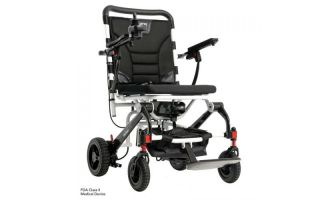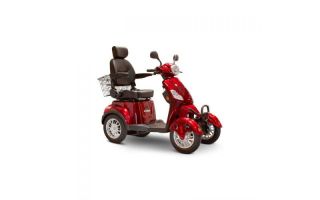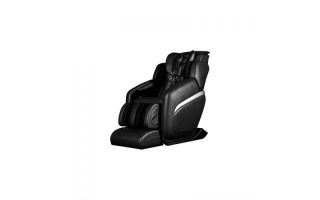The Internet of Things (IoT) is transforming mobility aids for seniors through intelligent monitoring, location tracking, and connectivity features. Integrating sensors and wireless communication enables “smart” canes, walkers, wheelchairs and scooters to actively support users, while providing data to caregivers. This allows older adults to retain independence and mobility with an added layer of safety. In this article, we’ll explore how IoT-enabled mobility aids are enhancing convenience and peace of mind for seniors and their loved ones.
Fall Detection and Alert Systems
Falls are a major concern for elderly and impaired individuals. IoT integration in mobility aids allows automatic fall detection, prompting the device to contact caregivers or emergency services if a fall is suspected. Walkers can use built-in accelerometers and gyroscopes to sense if a user has suddenly tipped or collapsed. Some rollators will even employ airbags that deploy gently to cushion the user during a fall. Similarly, smart canes can use pressure sensors and movement patterns to identify falls. Wheelchairs and scooters may utilize tilt sensors and obstacle detection to recognize potential accidents. If a concerning motion pattern is detected, the mobility aid activates an alarm and sends the user’s location to caregivers via mobile alerts or 24/7 monitoring services. This provides immediate assistance to the senior while giving family members assurance.
Health Monitoring and Notifications
In addition to fall alerts, IoT mobility aids can monitor various health data and remind users to take medication, stay hydrated, or alert doctors of issues. Biosigns like blood pressure, heart rate, and oxygen saturation can be tracked through built-in sensors. The mobility device securely transmits this data to specified contacts and care providers via cloud services. Usage reminders for taking medication or readings that exceed thresholds can trigger automatic alerts to caregivers. Doctors can also access the health data for remote patient monitoring. By combining mobility assistance with health IoT capabilities, these aids provide comprehensive support and safety.
Location Tracking and Geo-Fencing
Knowing the real-time whereabouts of mobility aid users grants peace of mind to caregivers. IoT connectivity enables GPS tracking so that the location of wheeled walkers, wheelchairs and scooters can be monitored via smartphones or computers. Geo-fencing defines virtual boundaries and triggers alerts if users travel outside of designated areas. This location data helps ensure that seniors don’t get lost and gives caregivers insight into their daily mobility habits. Users also have the ability to easily call for assistance if they become stranded or disoriented when out of the home.
Remote Control and Monitoring
For users with conditions like dementia who require more supervision, IoT allows mobility aids to be monitored and controlled remotely by caregivers. Commands can be sent to drive wheelchairs to the desired destination or steer users away from danger. On-board cameras provide live video so caregivers can visually confirm the context and environment around users. This remote coordination gives more mobility freedom while still providing assisted navigation and observation from afar.
Obstacles and Hazards Alerts
IoT mobility aids can help users actively avoid accidents and unsafe situations. Sensors like LiDAR, ultrasonic/infrared sensors, and computer vision detect nearby objects and alert users to collision risks. Smart wheelchairs can automatically brake or maneuver to avoid obstacles in the path ahead. Haptic feedback through vibrations helps alert those with low vision to doors, curbs or object proximity. Voice alerts through built-in speakers also warn users about tripping hazards, gaps in sidewalks, or approaching pedestrians/cyclists when out in public spaces. These hazard notifications allow users to get around more confidently and prevent accidents.
Intuitive Control Systems
IoT enables mobility aids to adapt to a user’s unique needs and capabilities. Alternative control systems like joysticks, touchpads and breath-controlled interfaces provide options beyond manual steering. Some wheelchair users may prefer driving through tailored voice commands or head movements. Smart aids can even respond to non-verbal cues by detecting where the user is looking and moving in that direction. Machine learning algorithms further customize the experience by learning driving habits and environmental layouts. This intuitive, user-centric control conducted through IoT connectivity enhances comfort and accessibility.
In summary, the introduction of IoT to mobility aids is transforming aging-in-place by keeping users safer and more connected while out and about. Sensor-based health tracking, automatic fall alerts, location sharing, remote monitoring, and hazard notifications all mitigate risk. It grants seniors, their families, and caregivers greater confidence, comfort, and awareness. Mobility aids are evolving beyond physical support to intelligent assistants that active protect and care for users. The integration of IoT has the potential to significantly improve mobility, independence and overall wellbeing as we age. While smart mobility aids require an investment, they provide invaluable security and convenience for seniors through technology.

